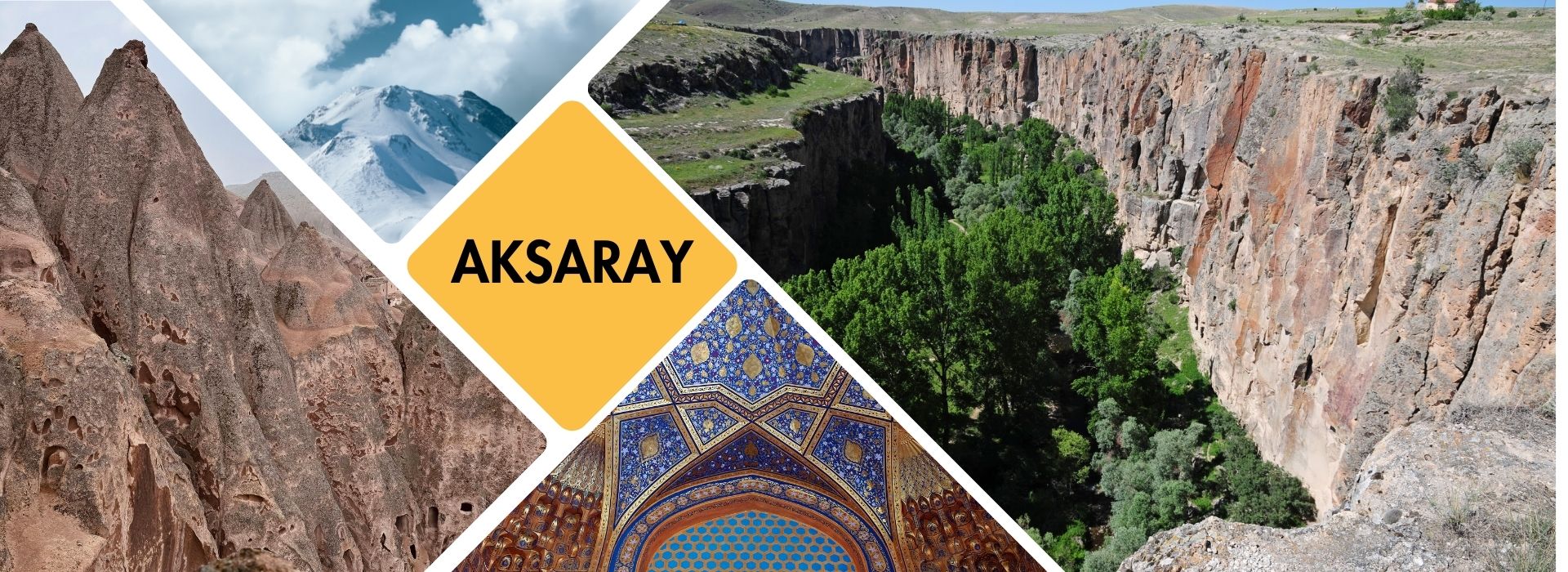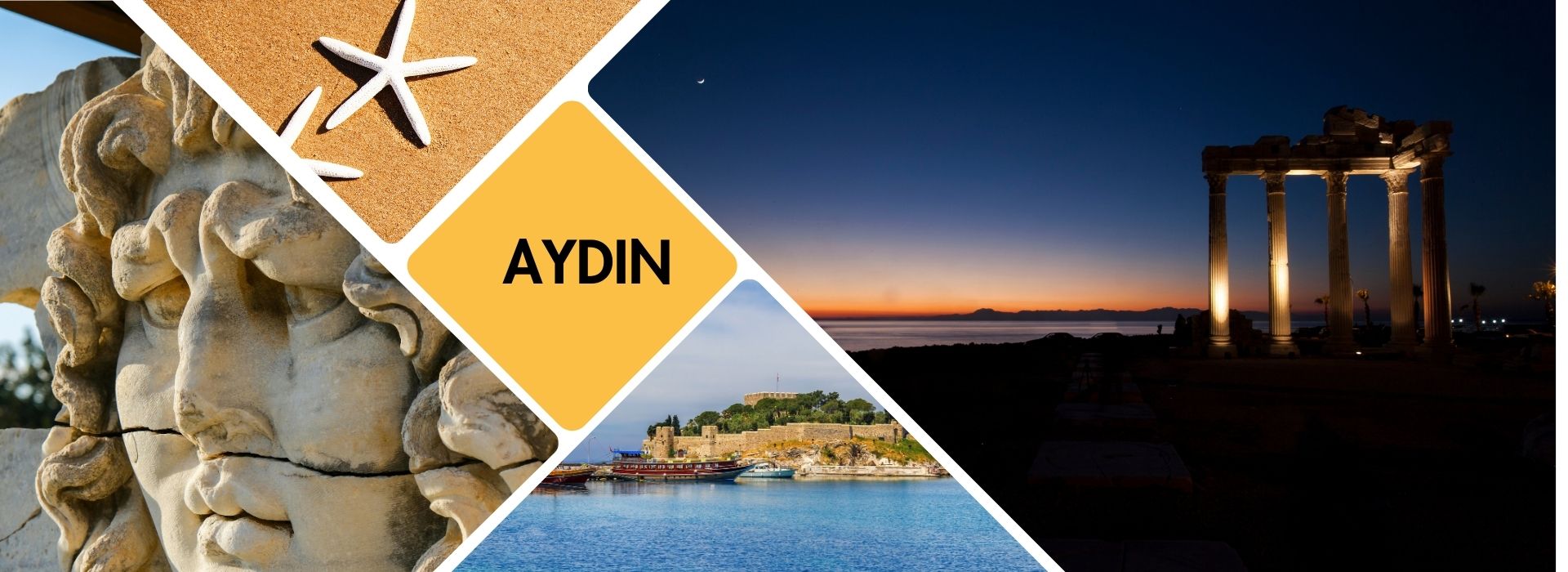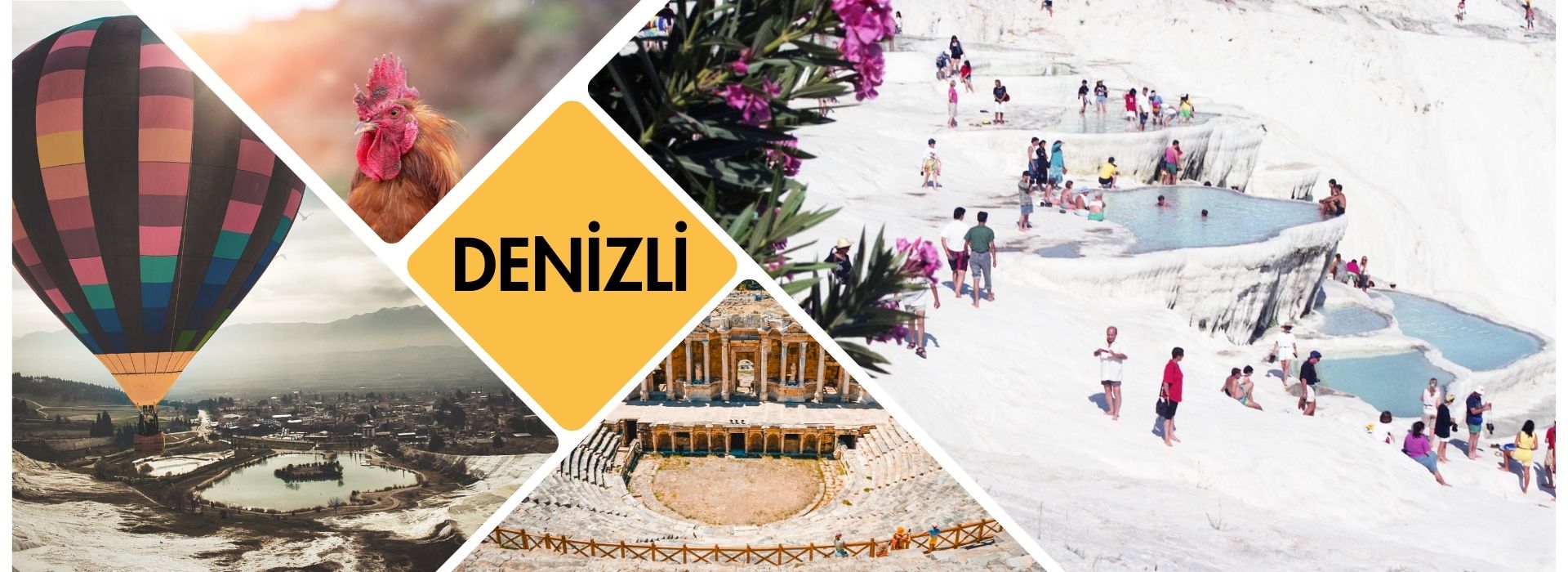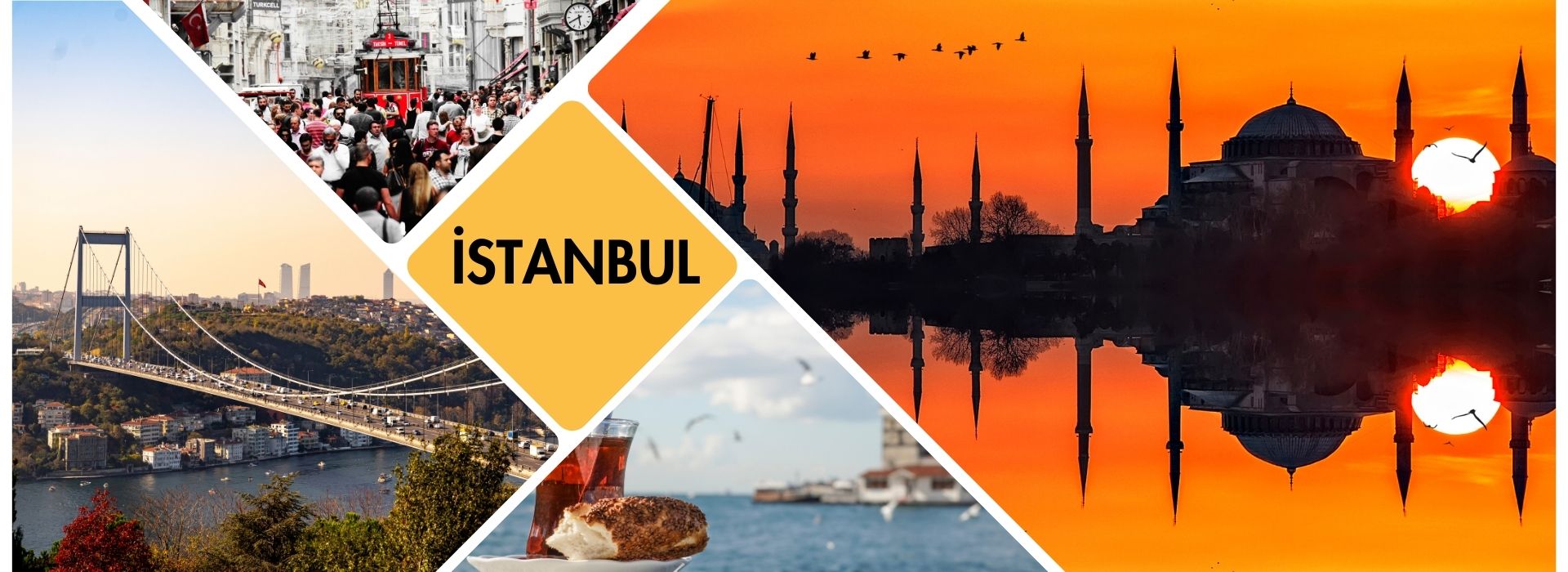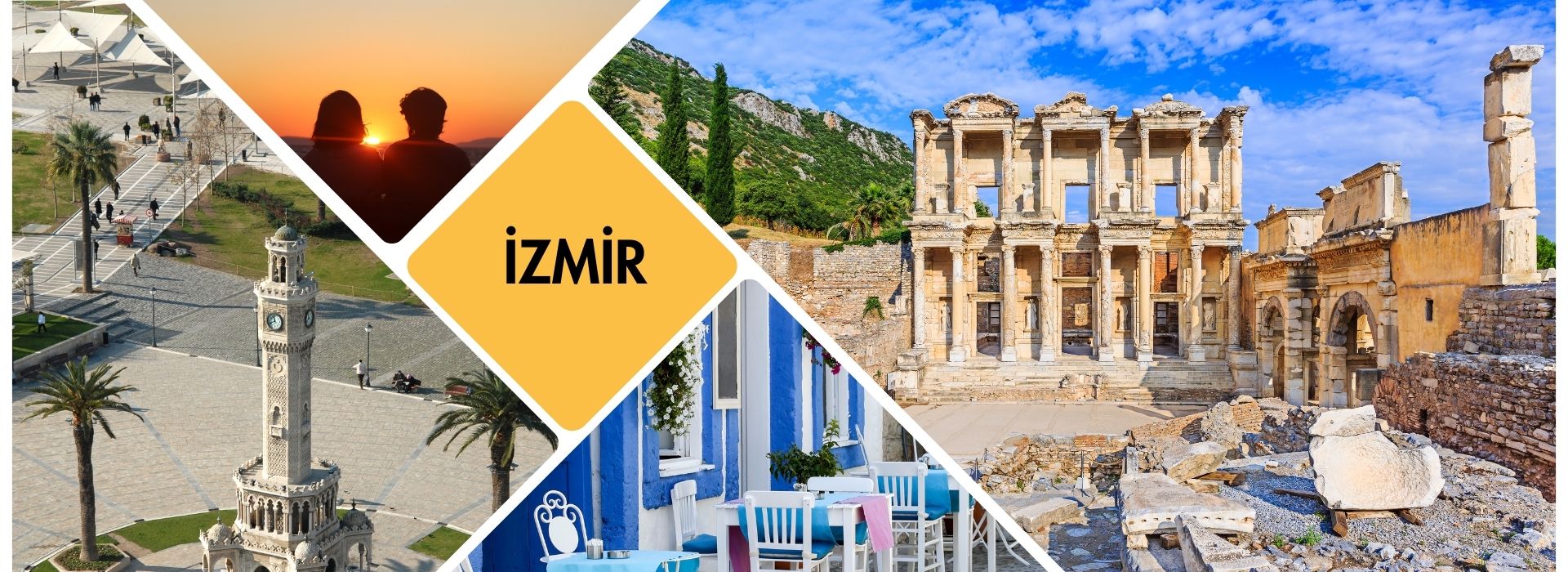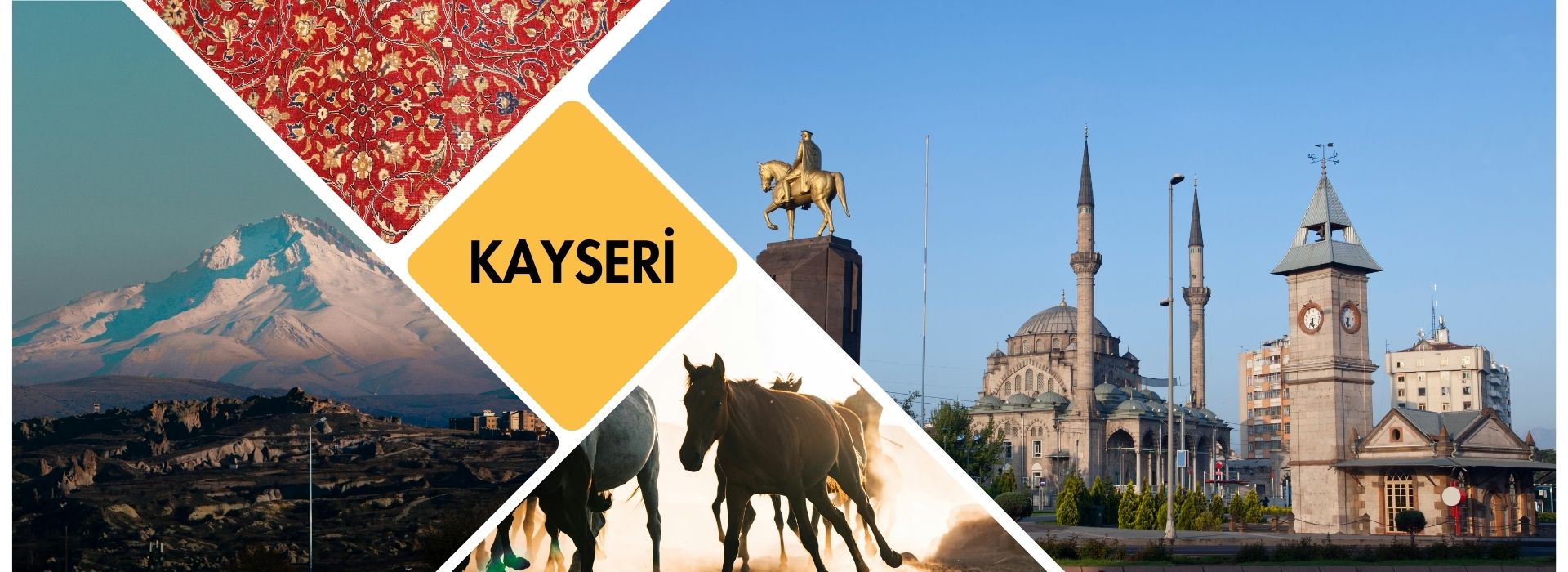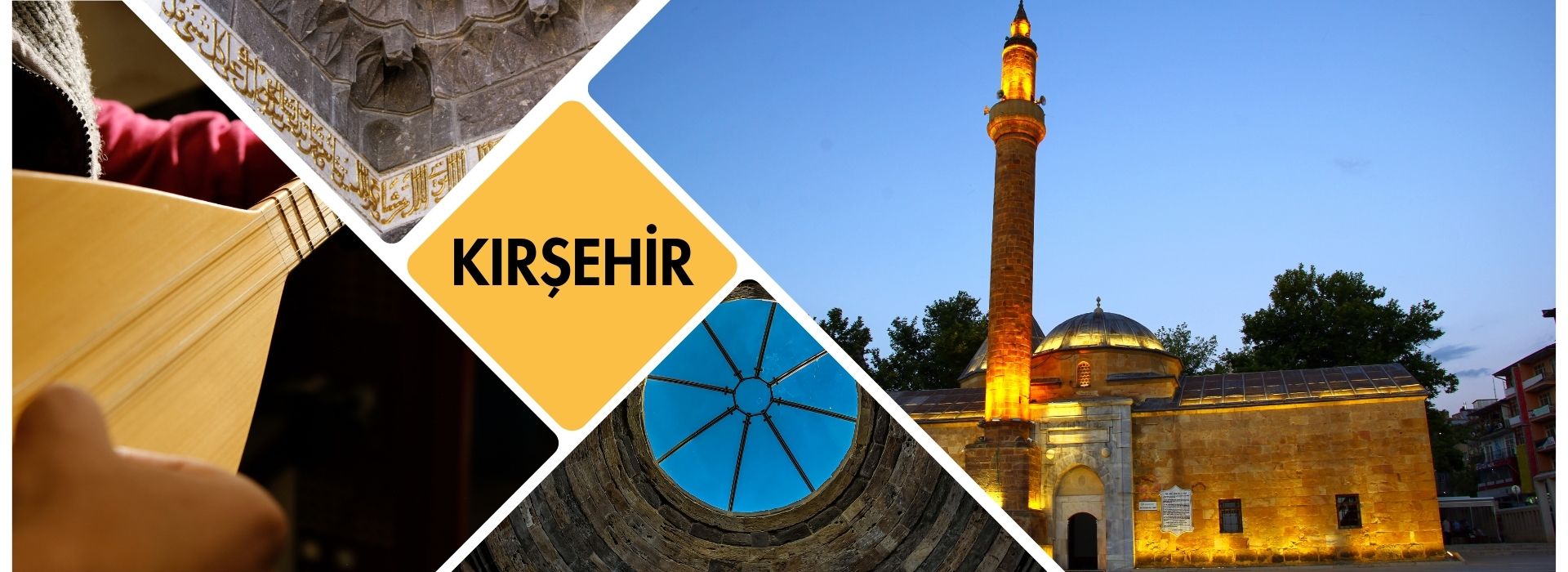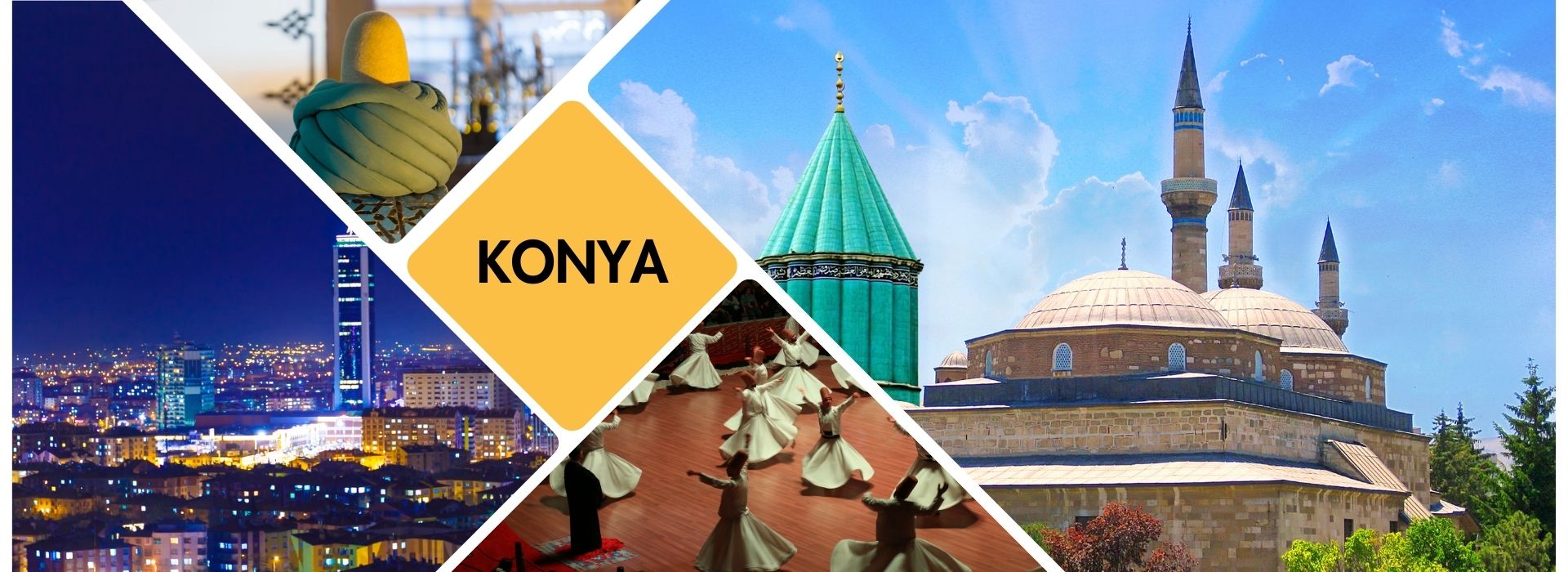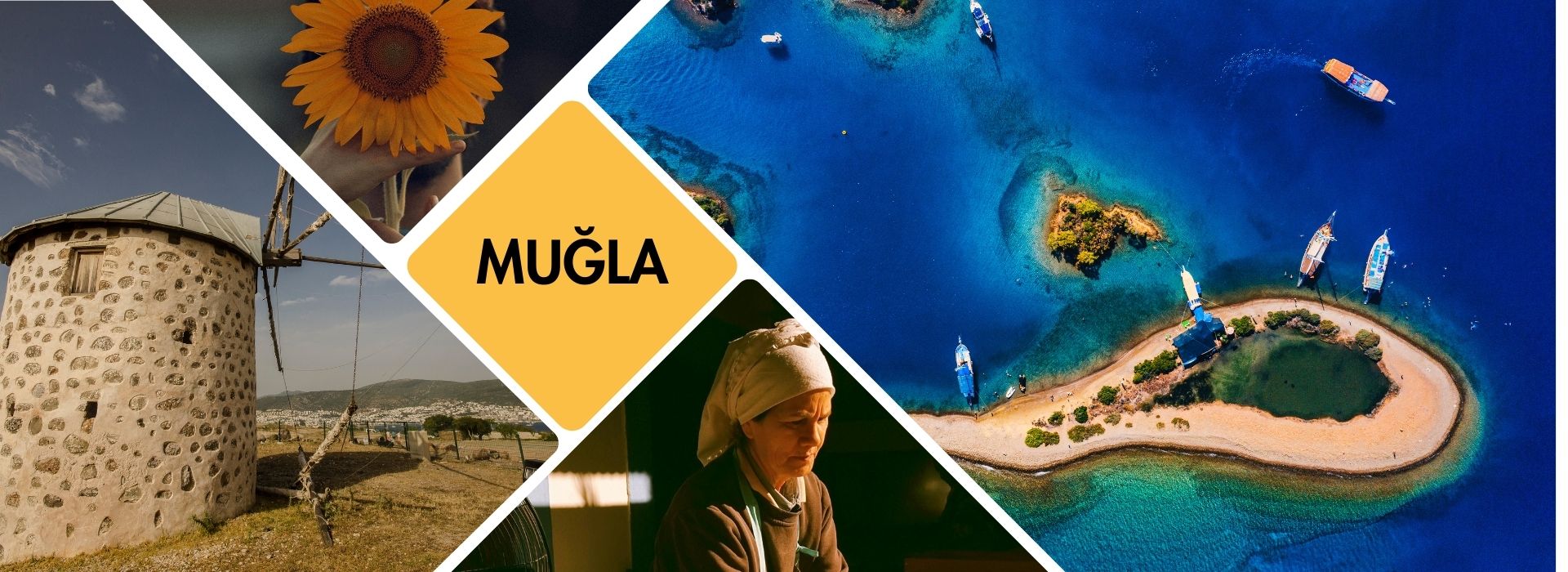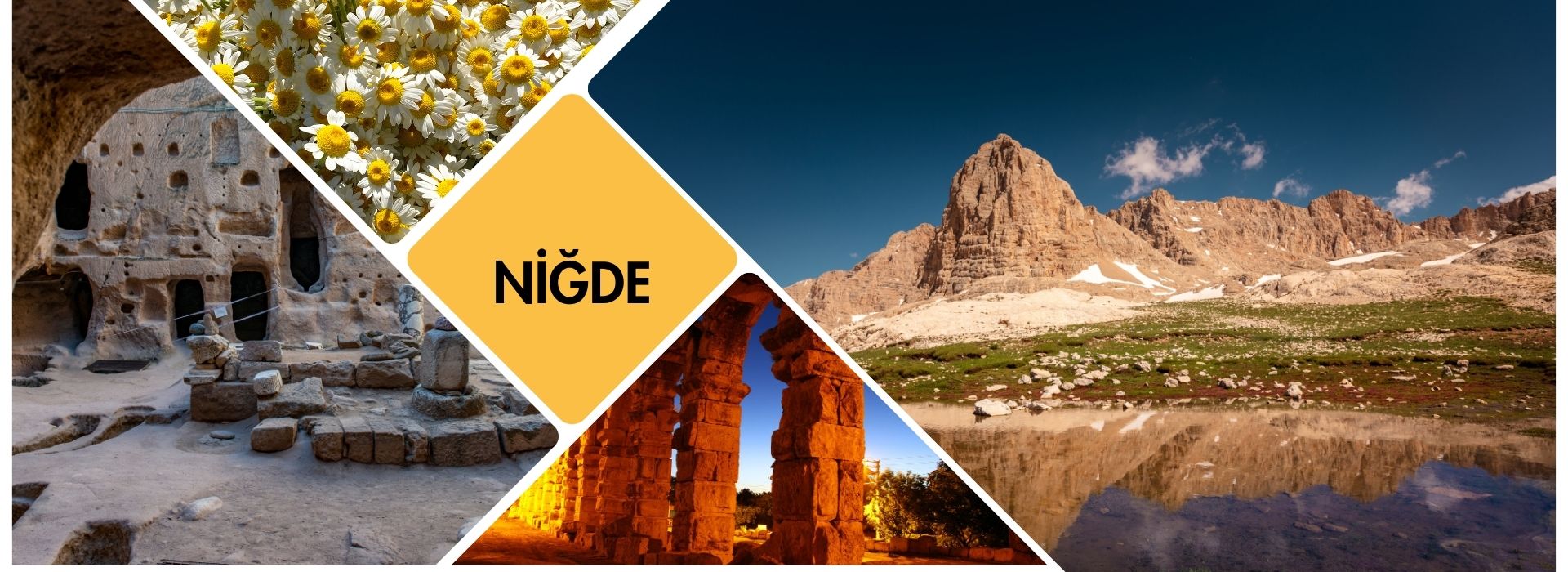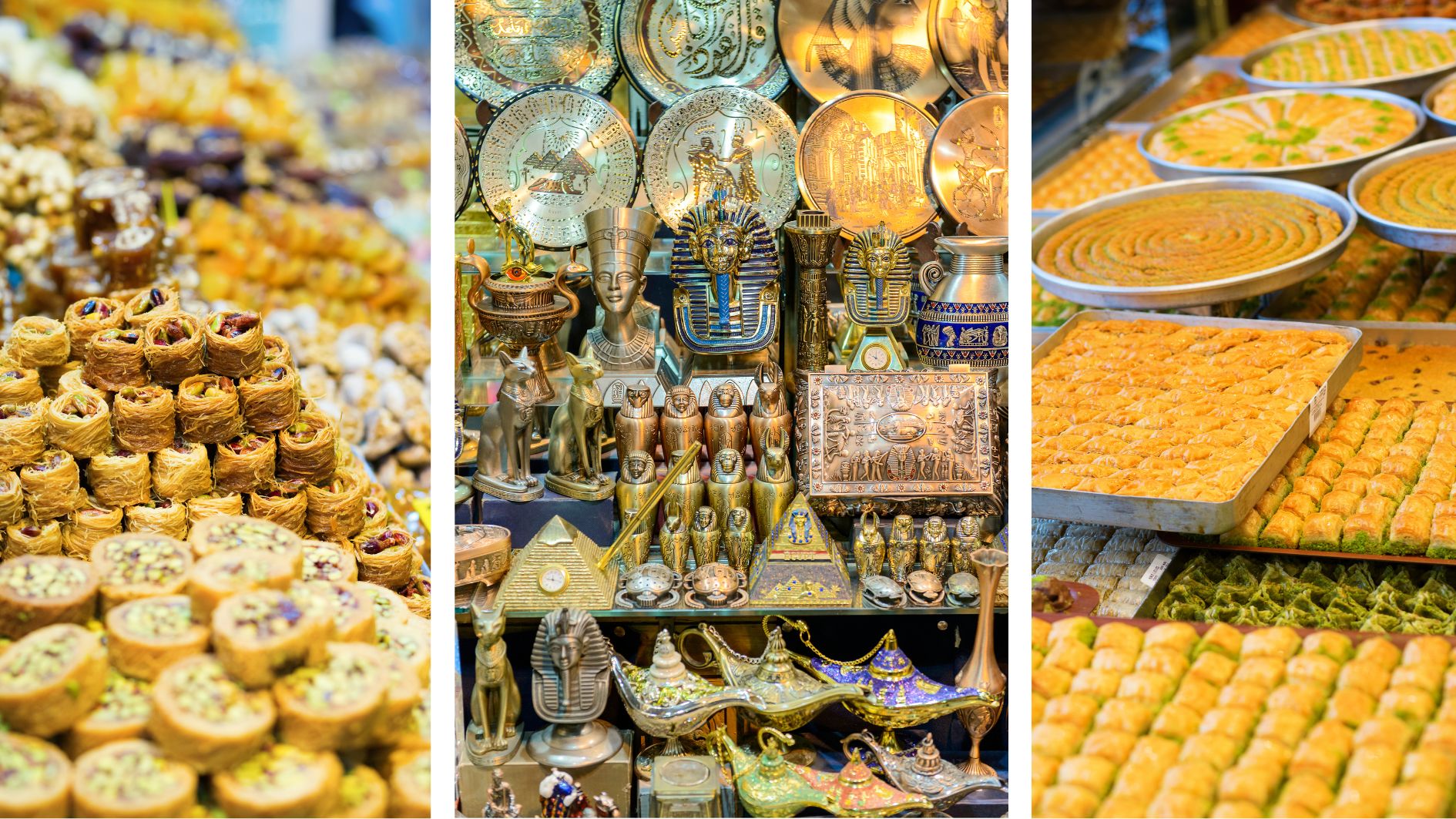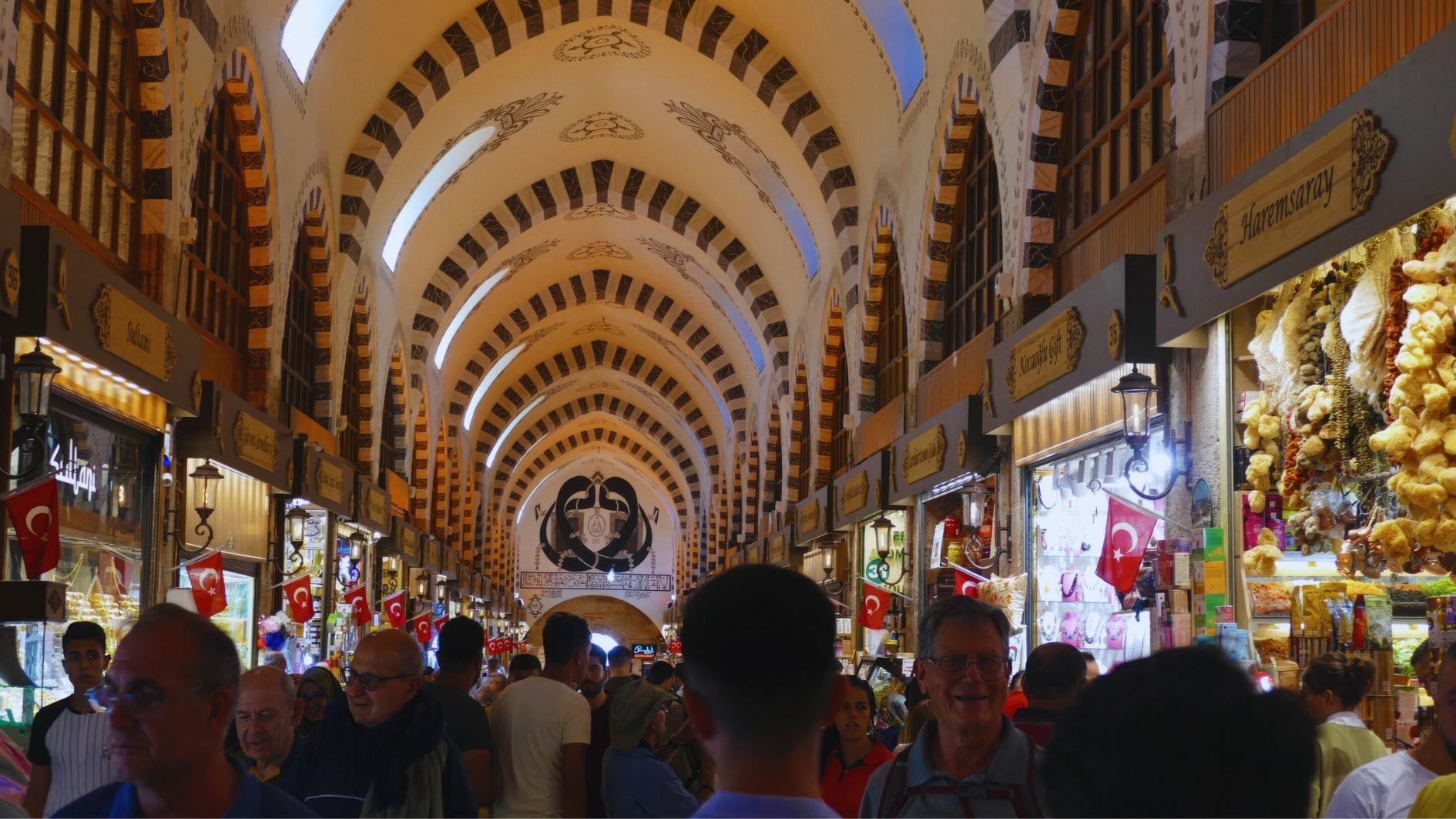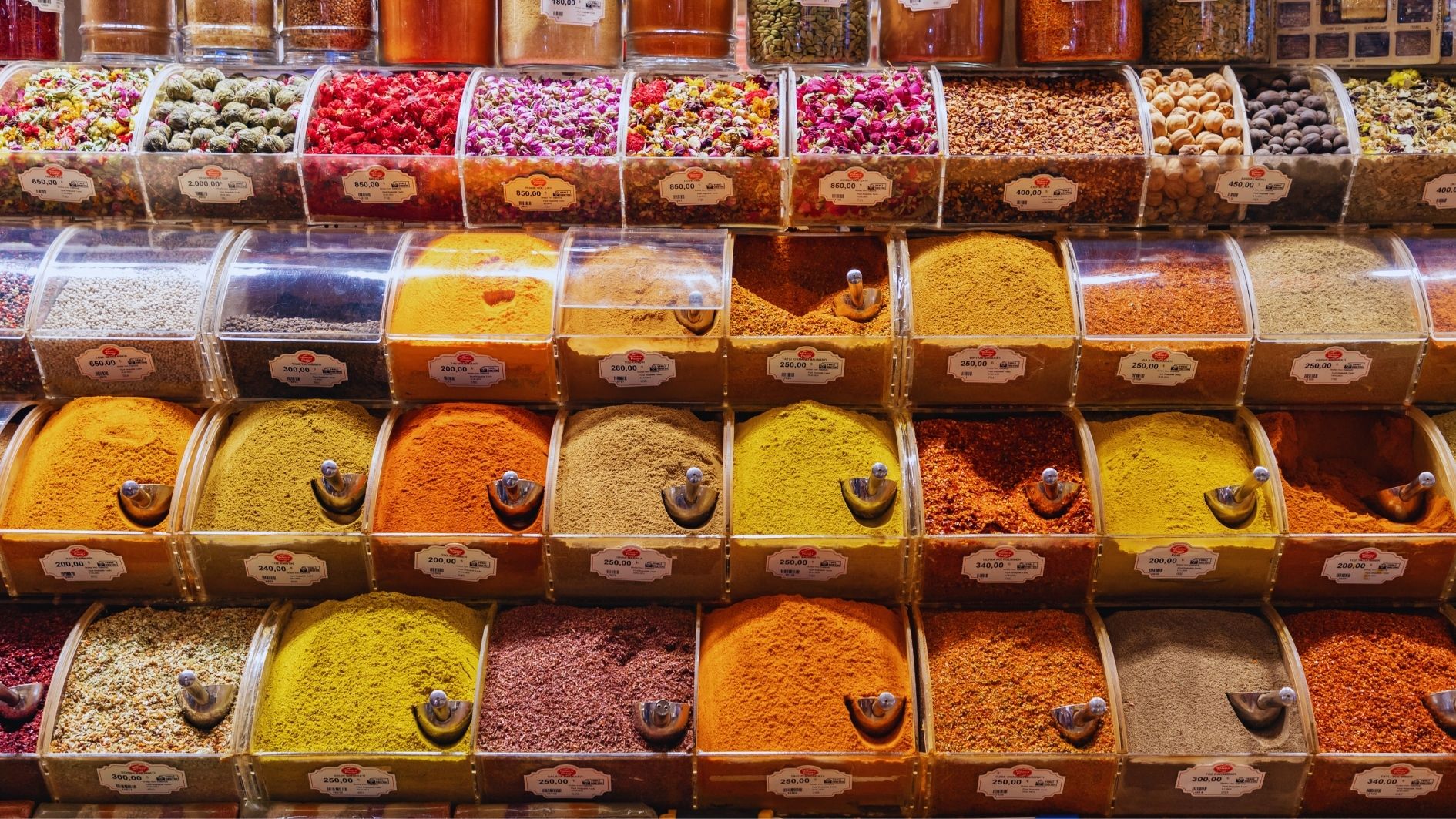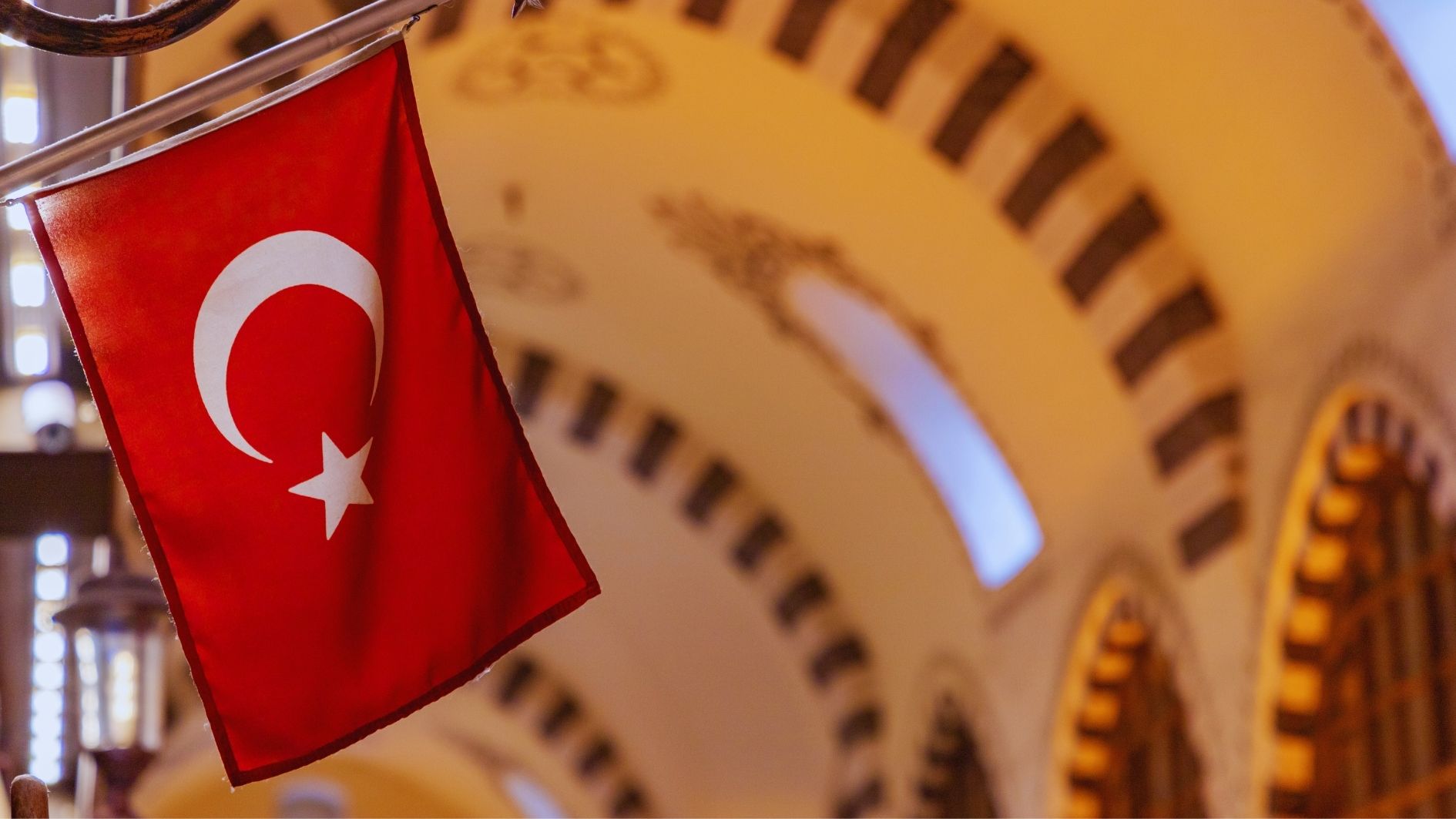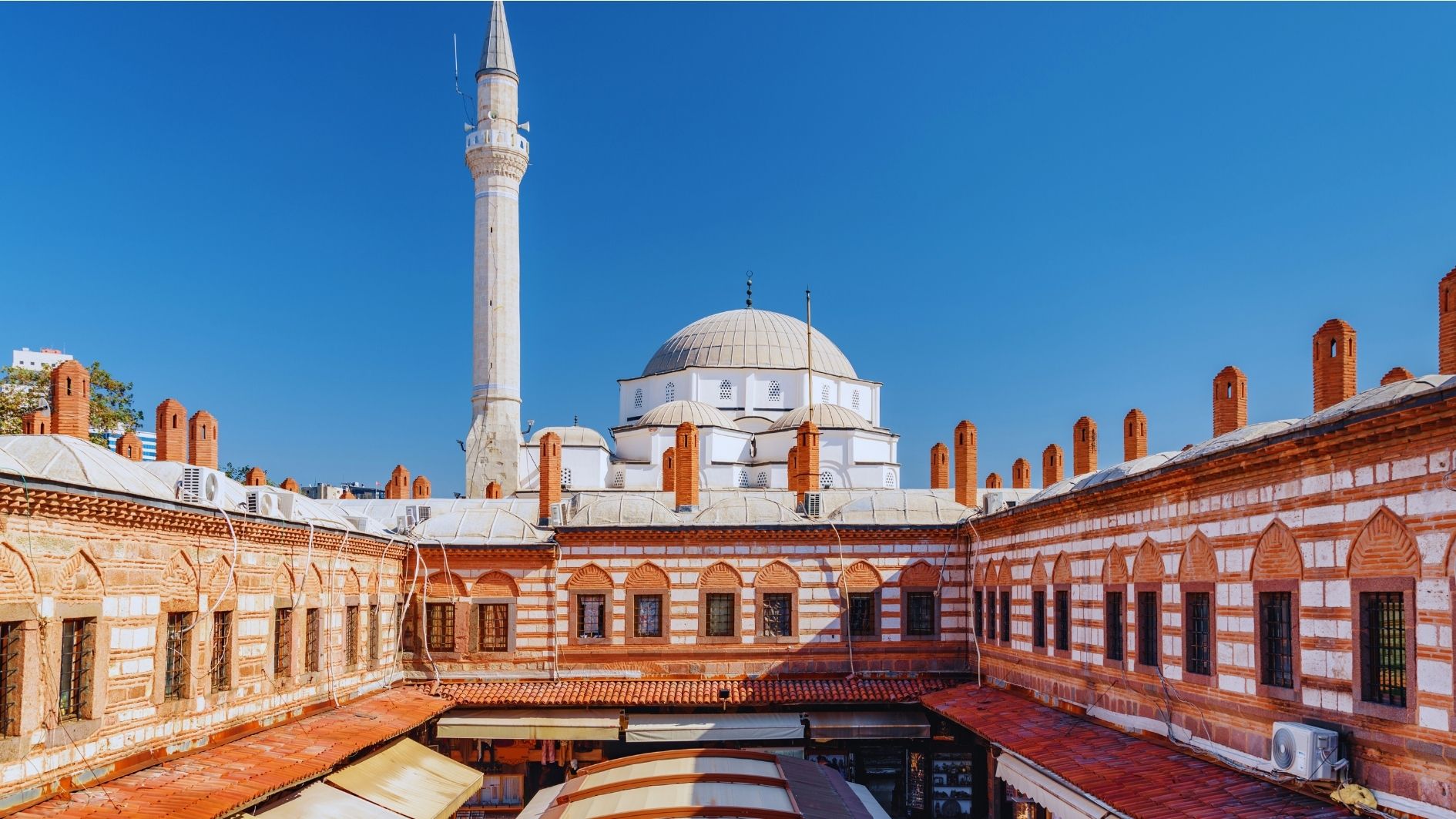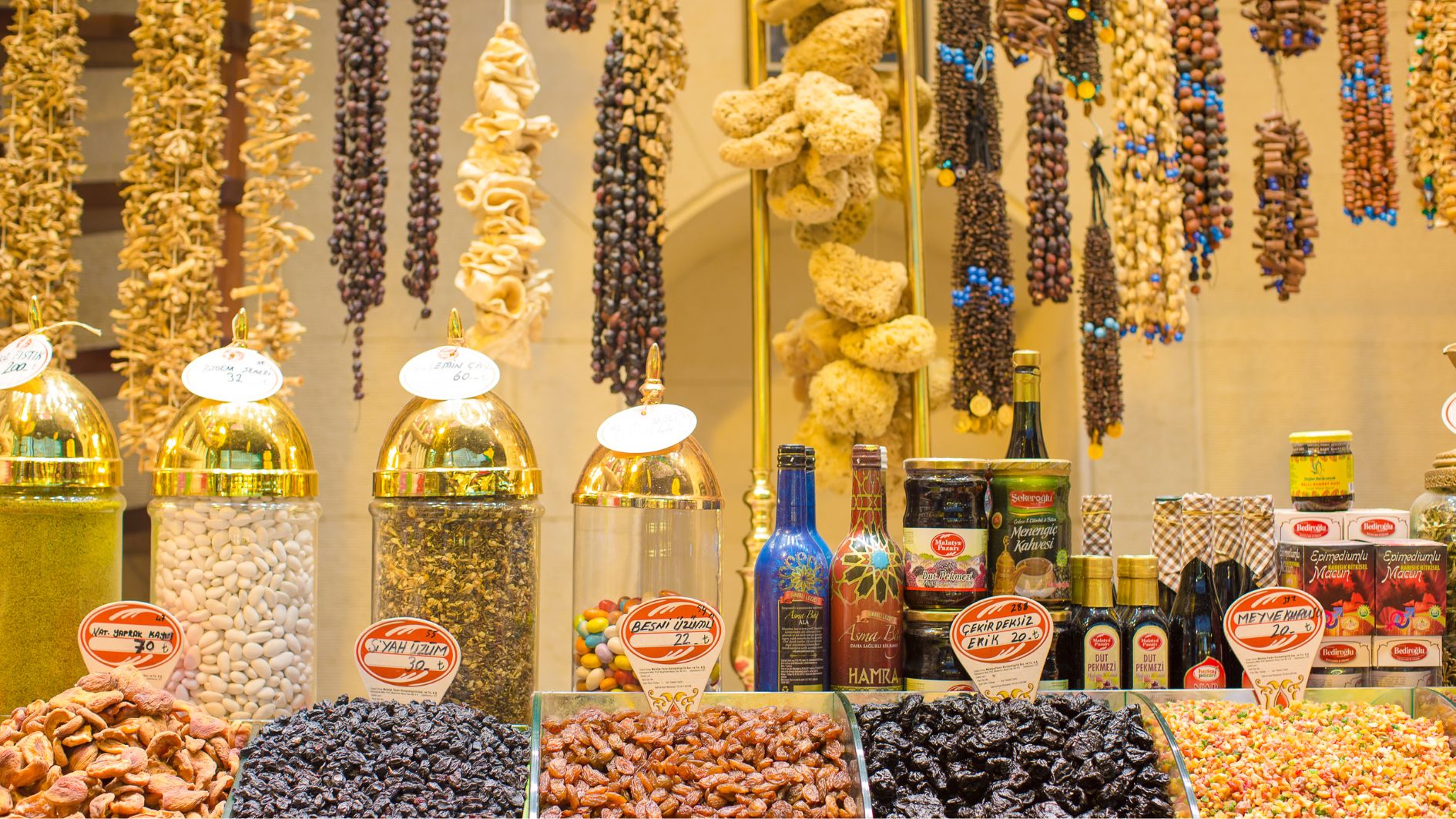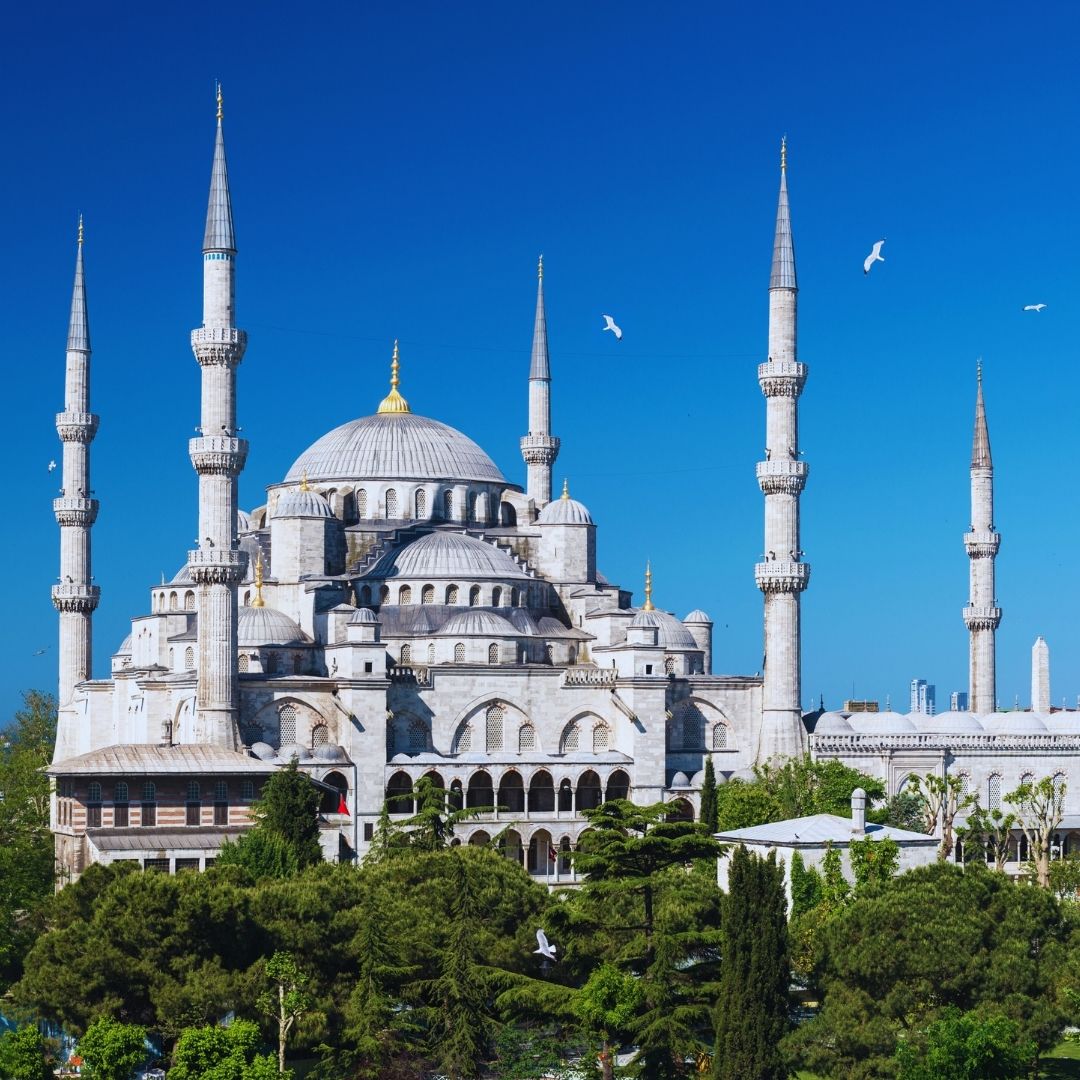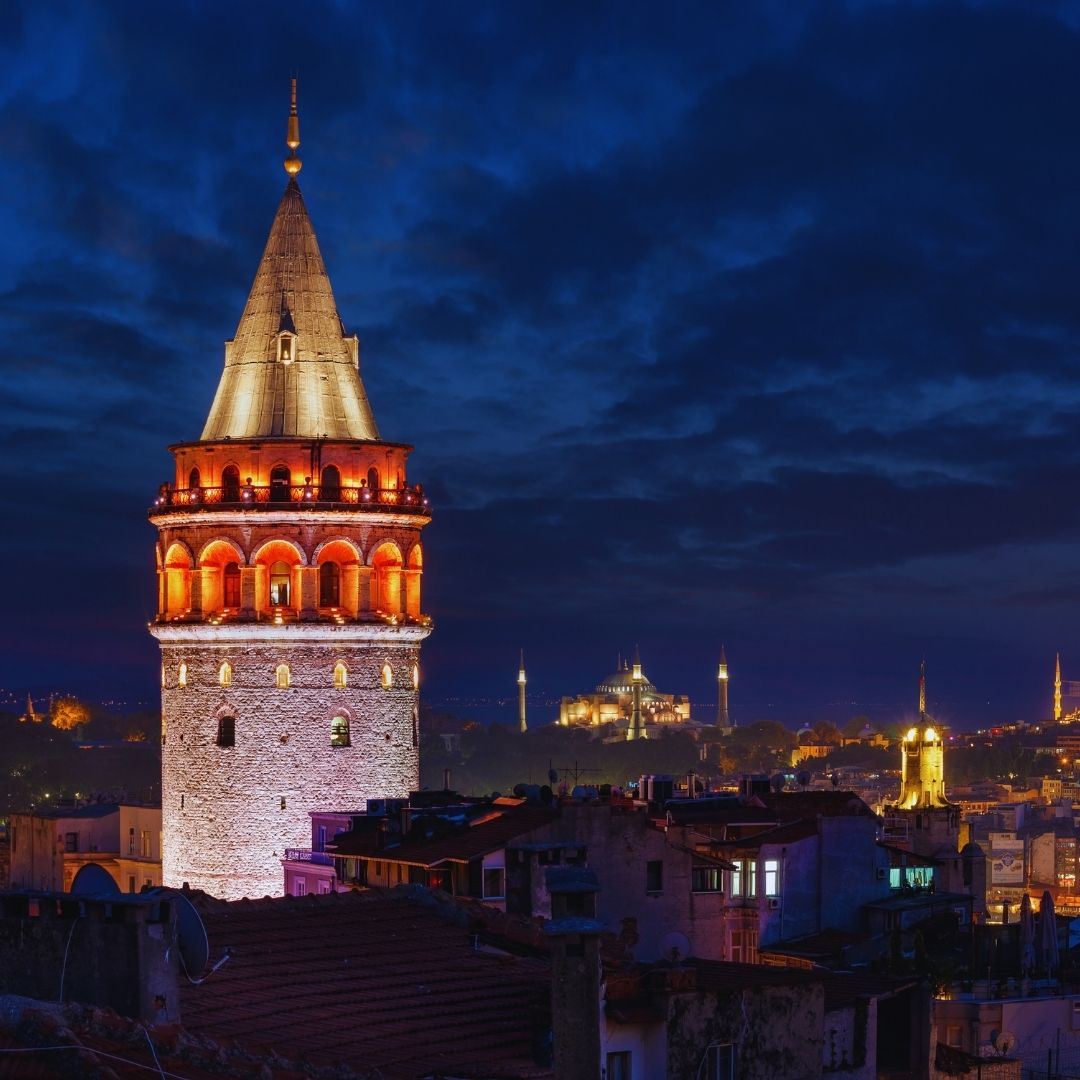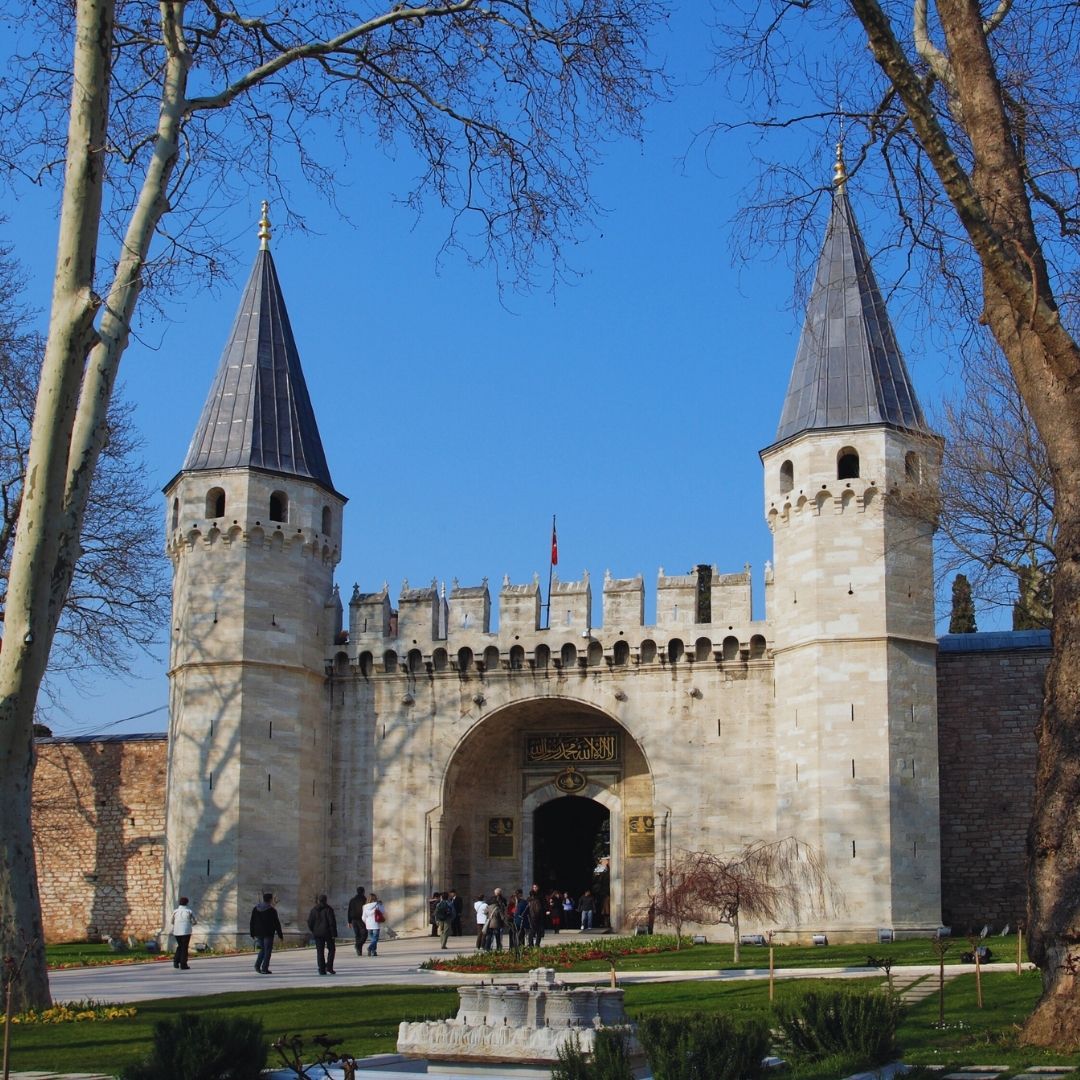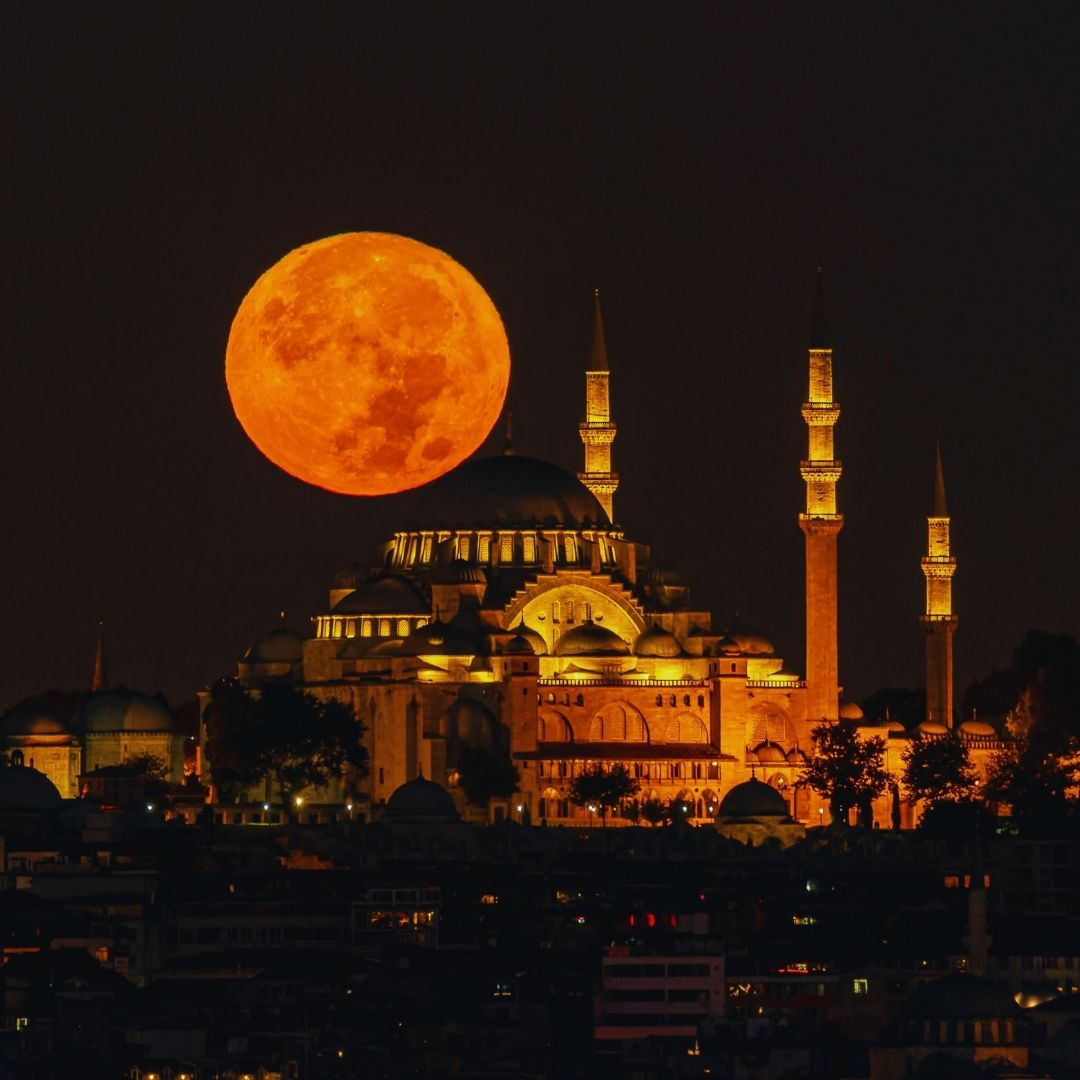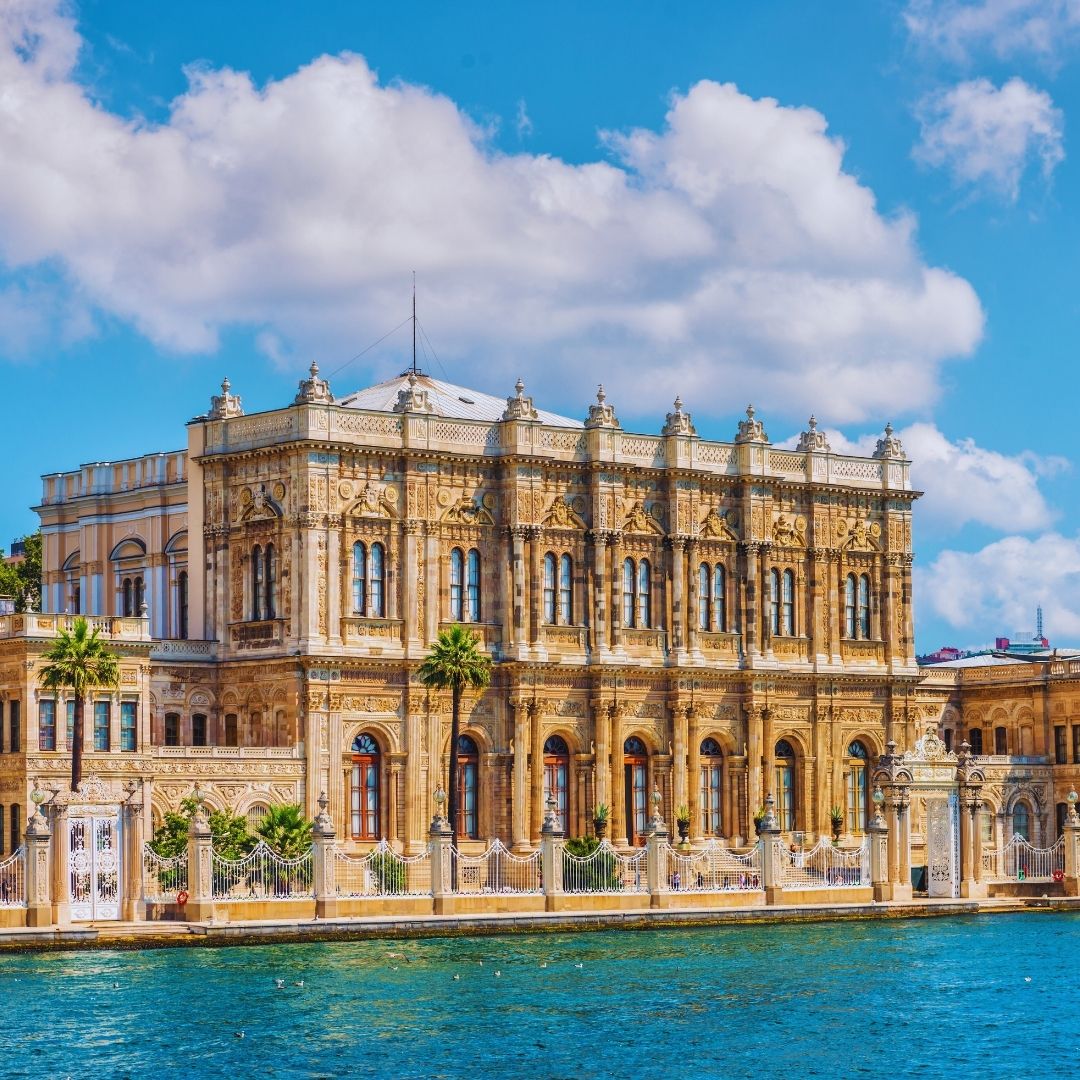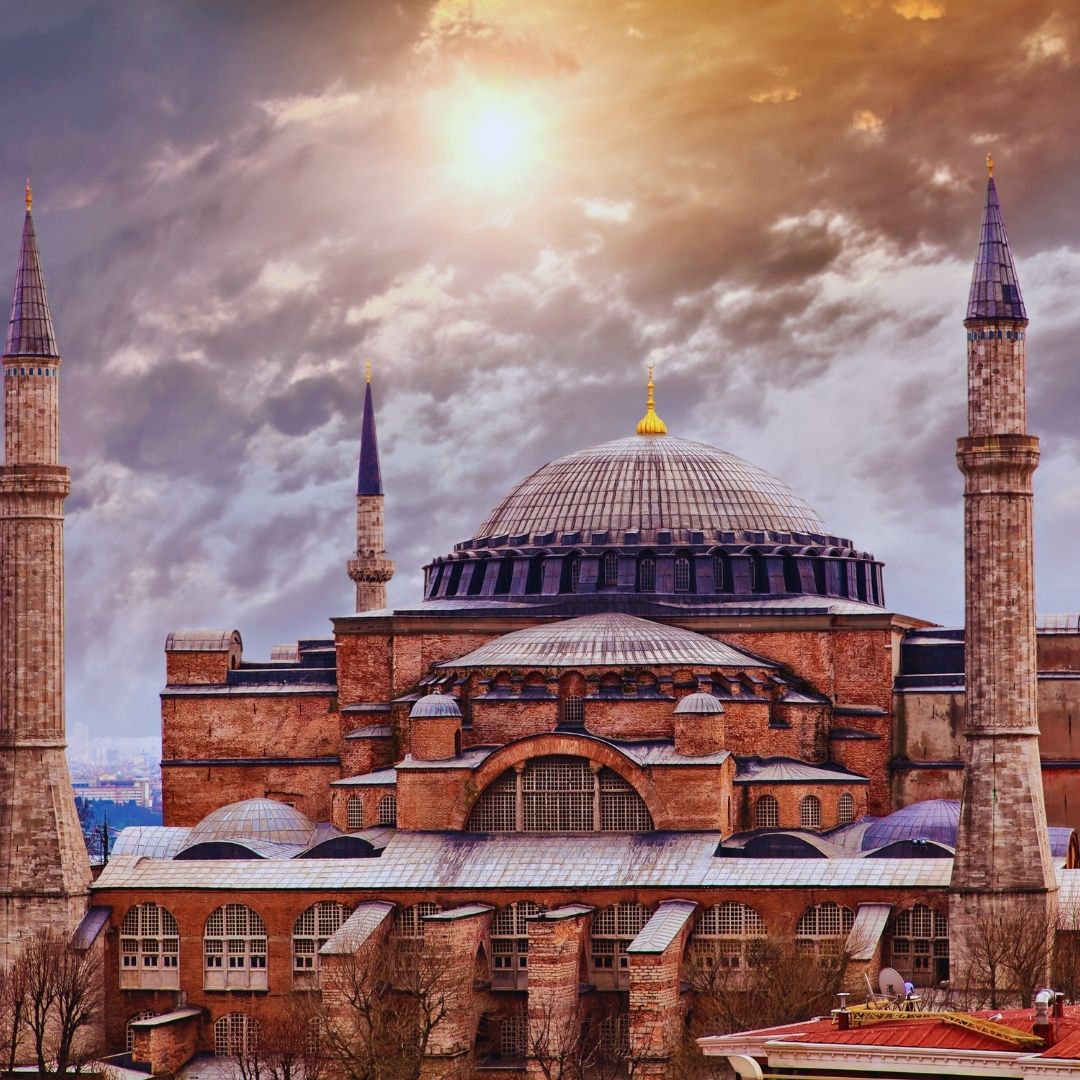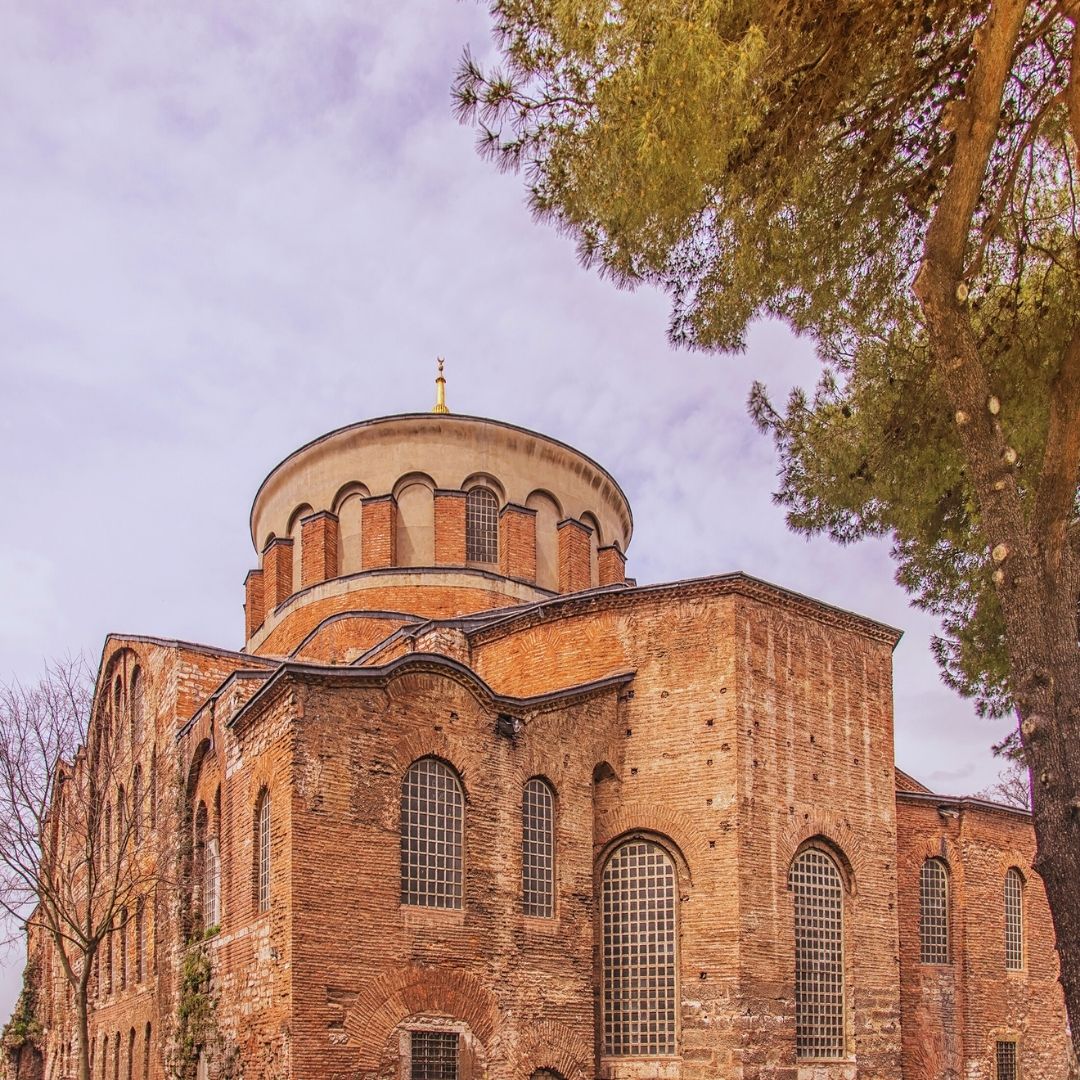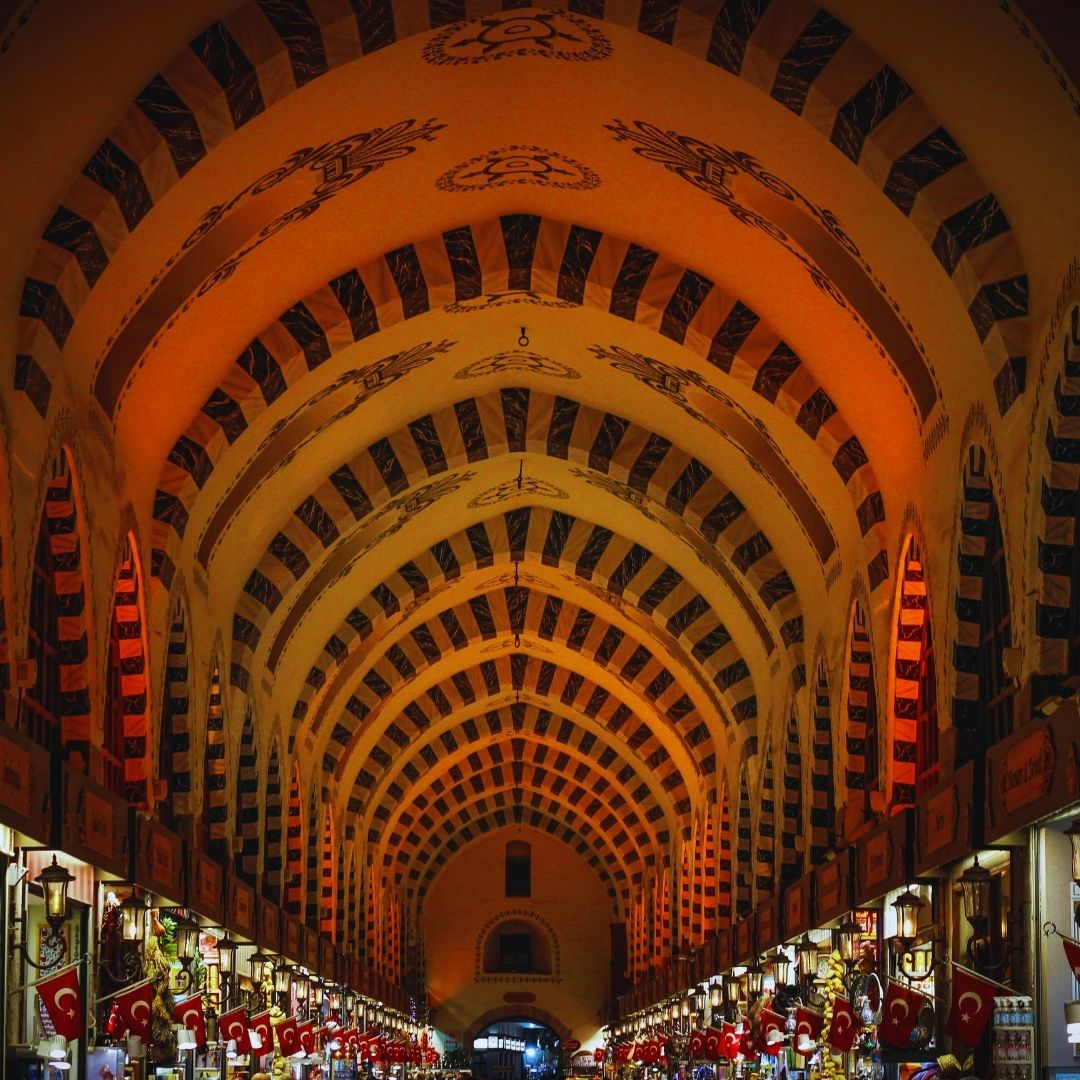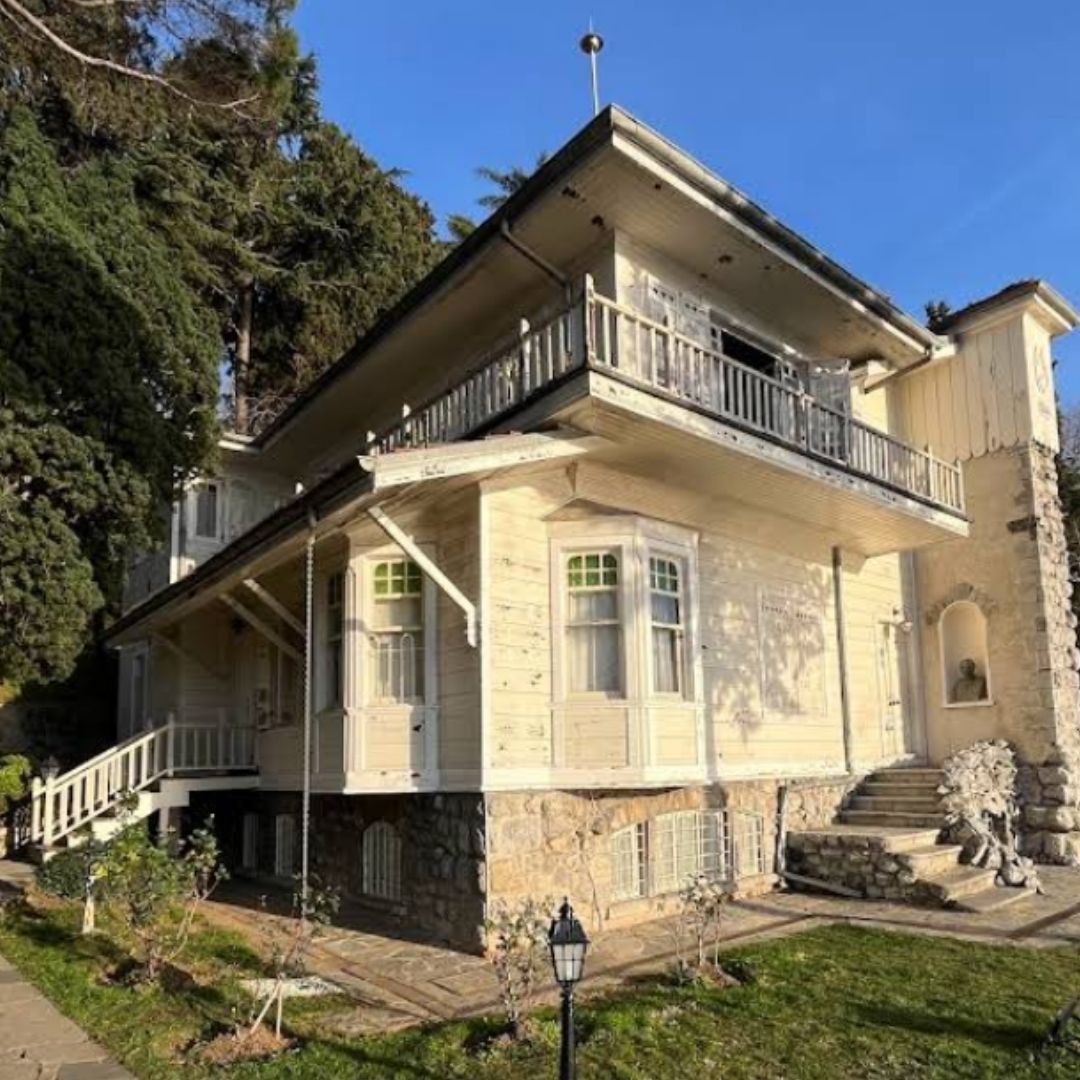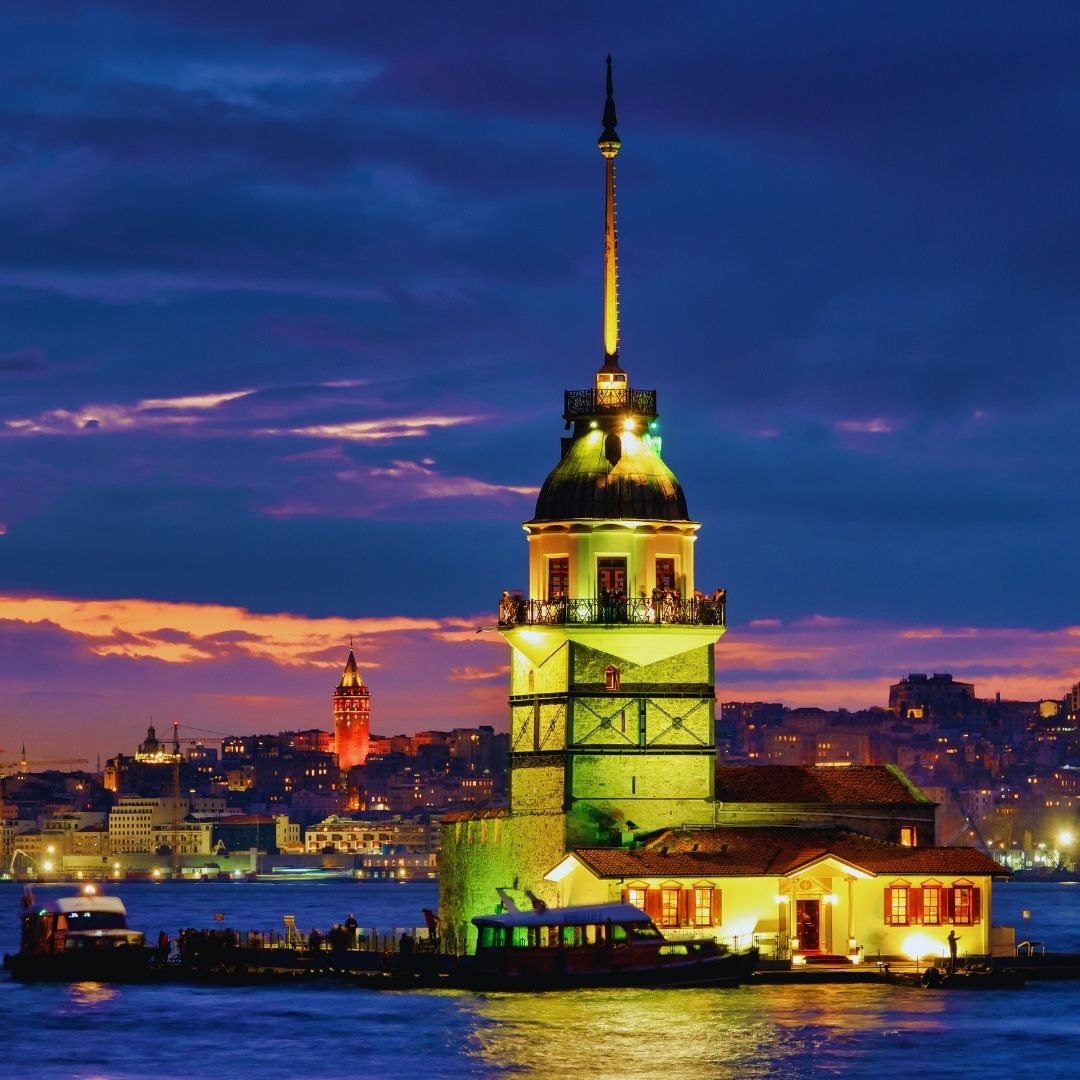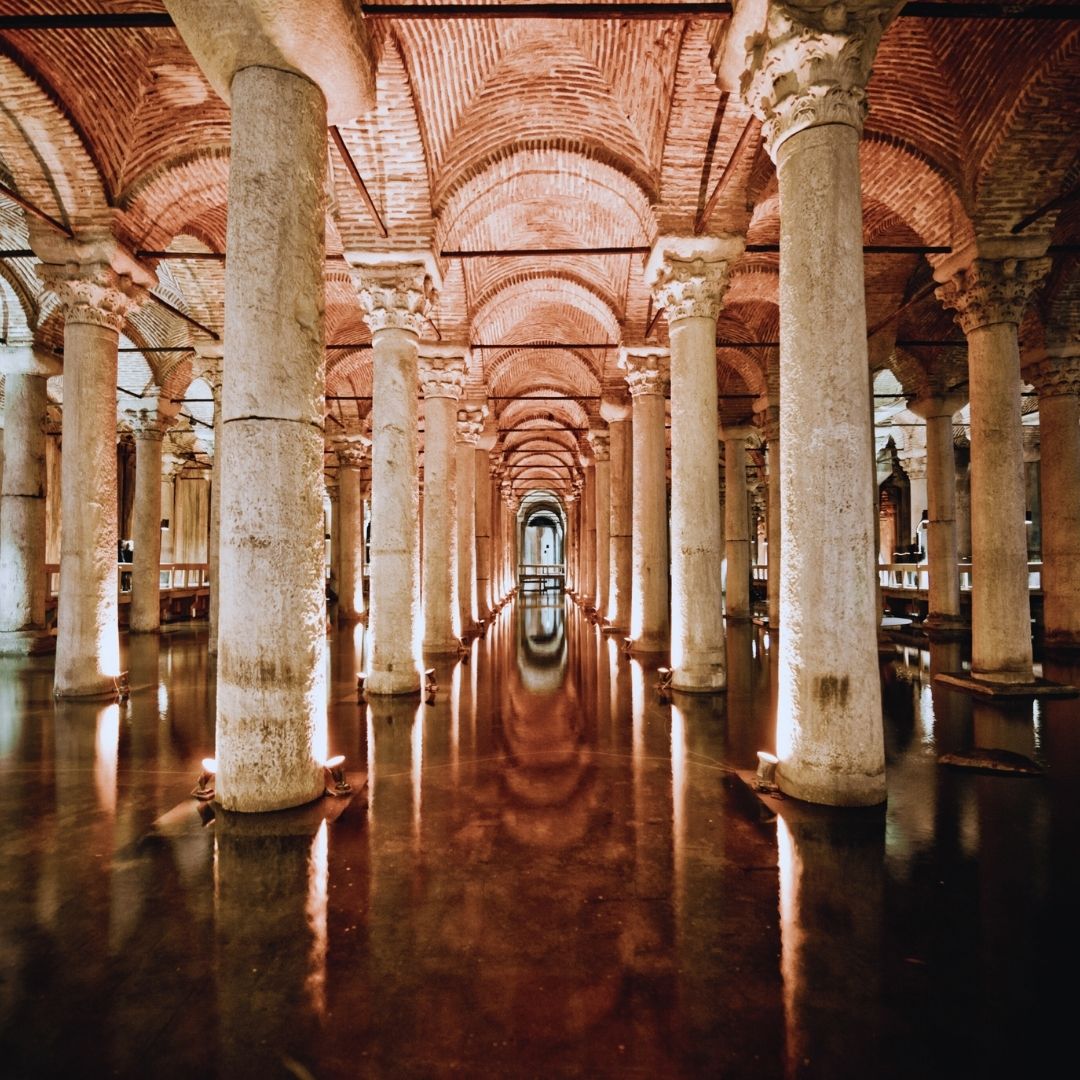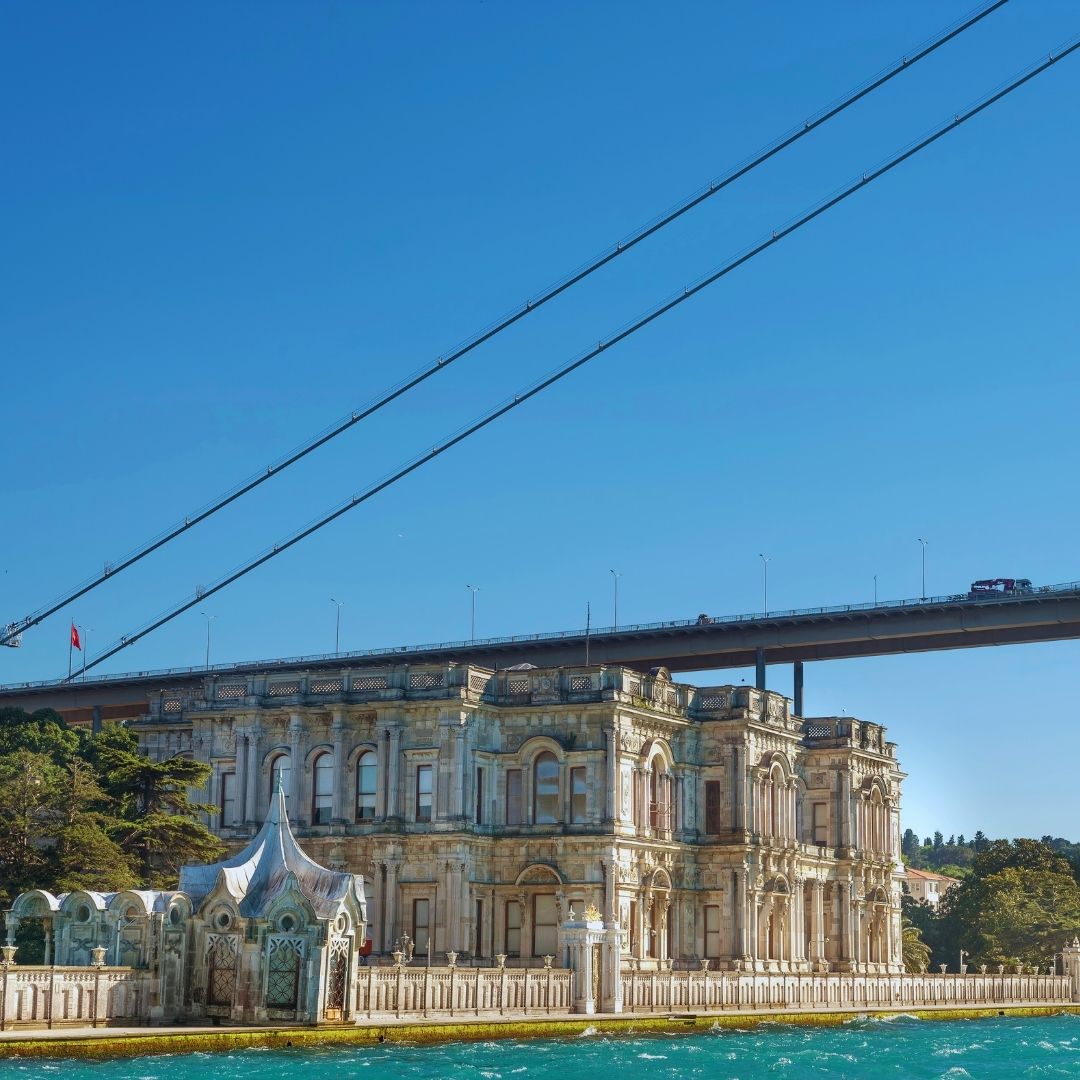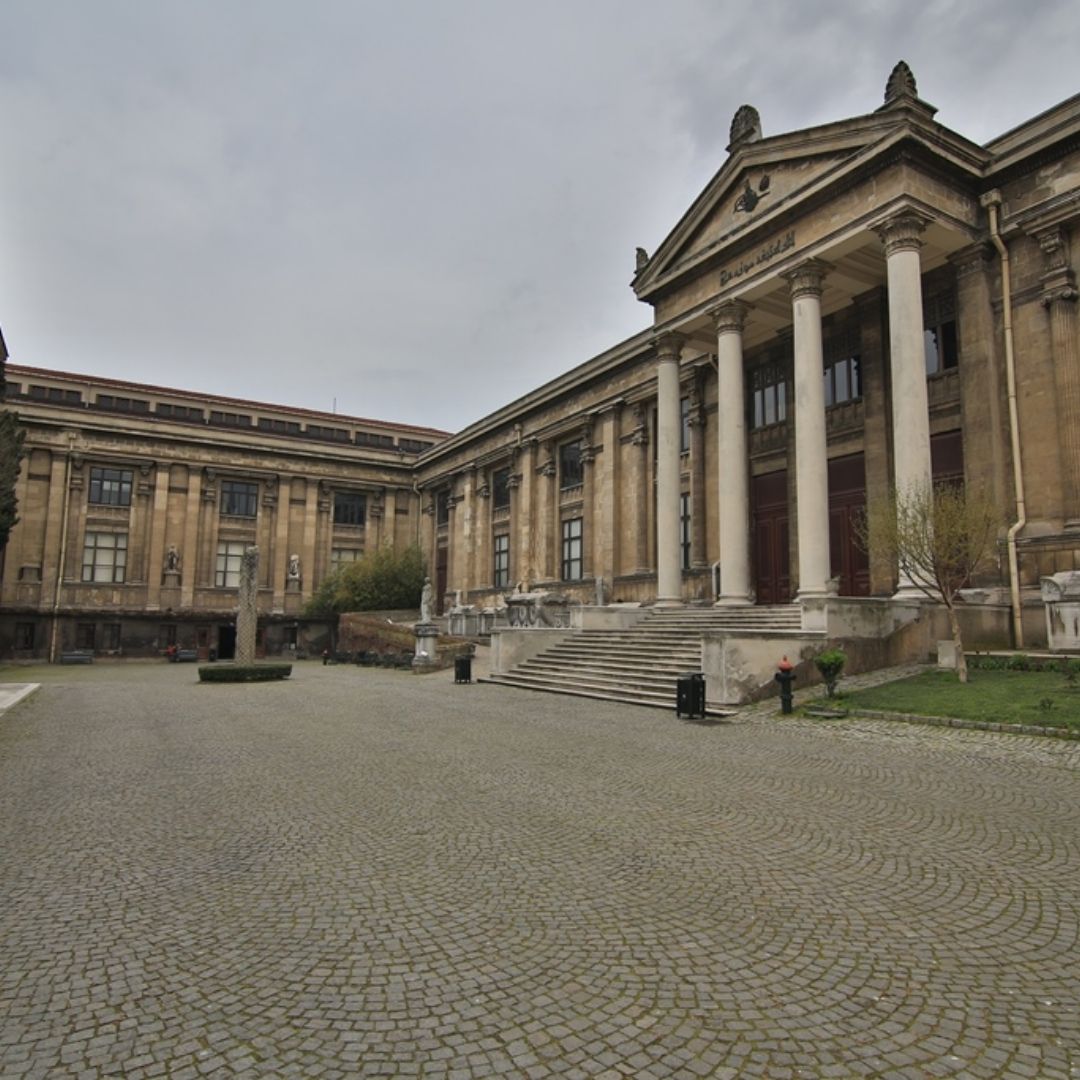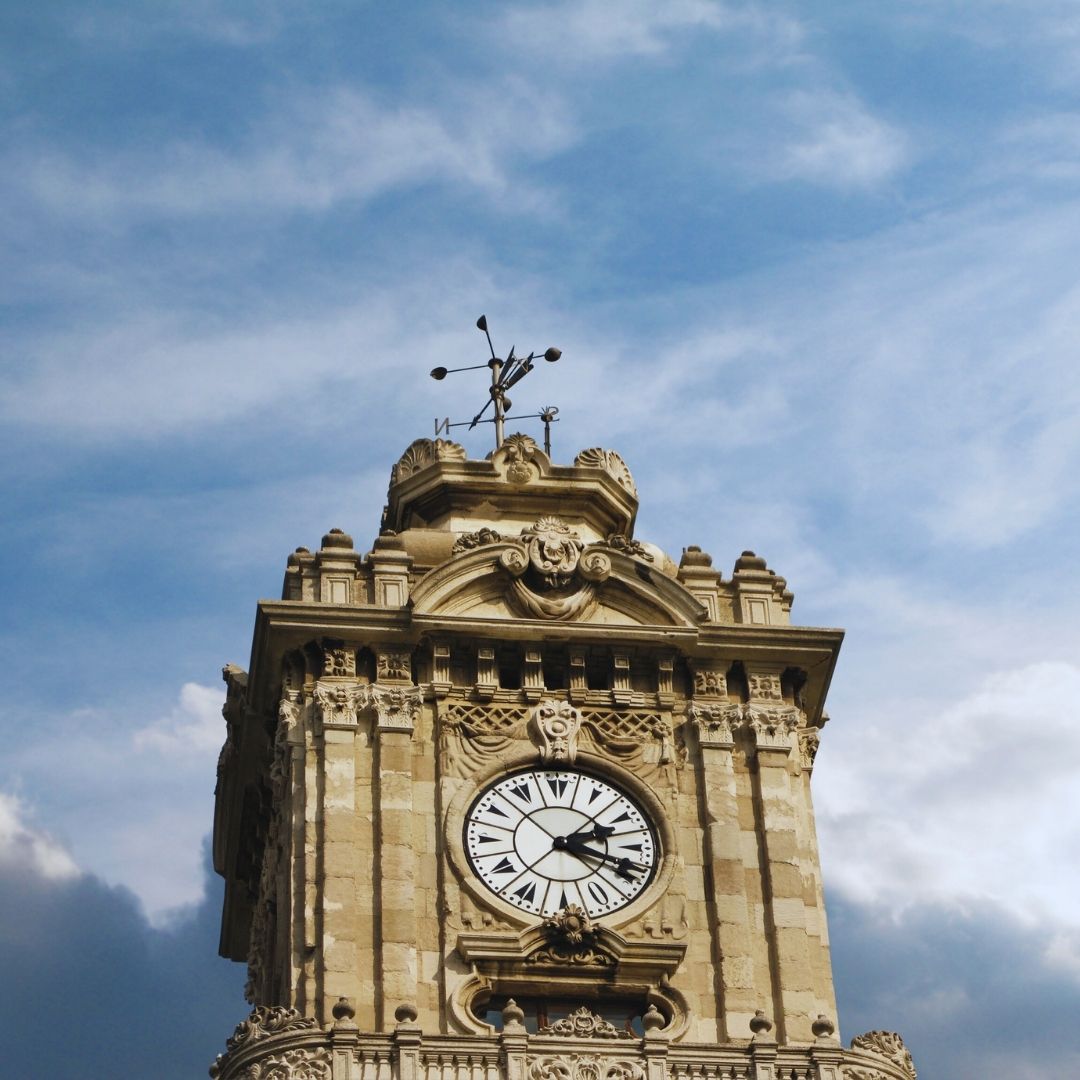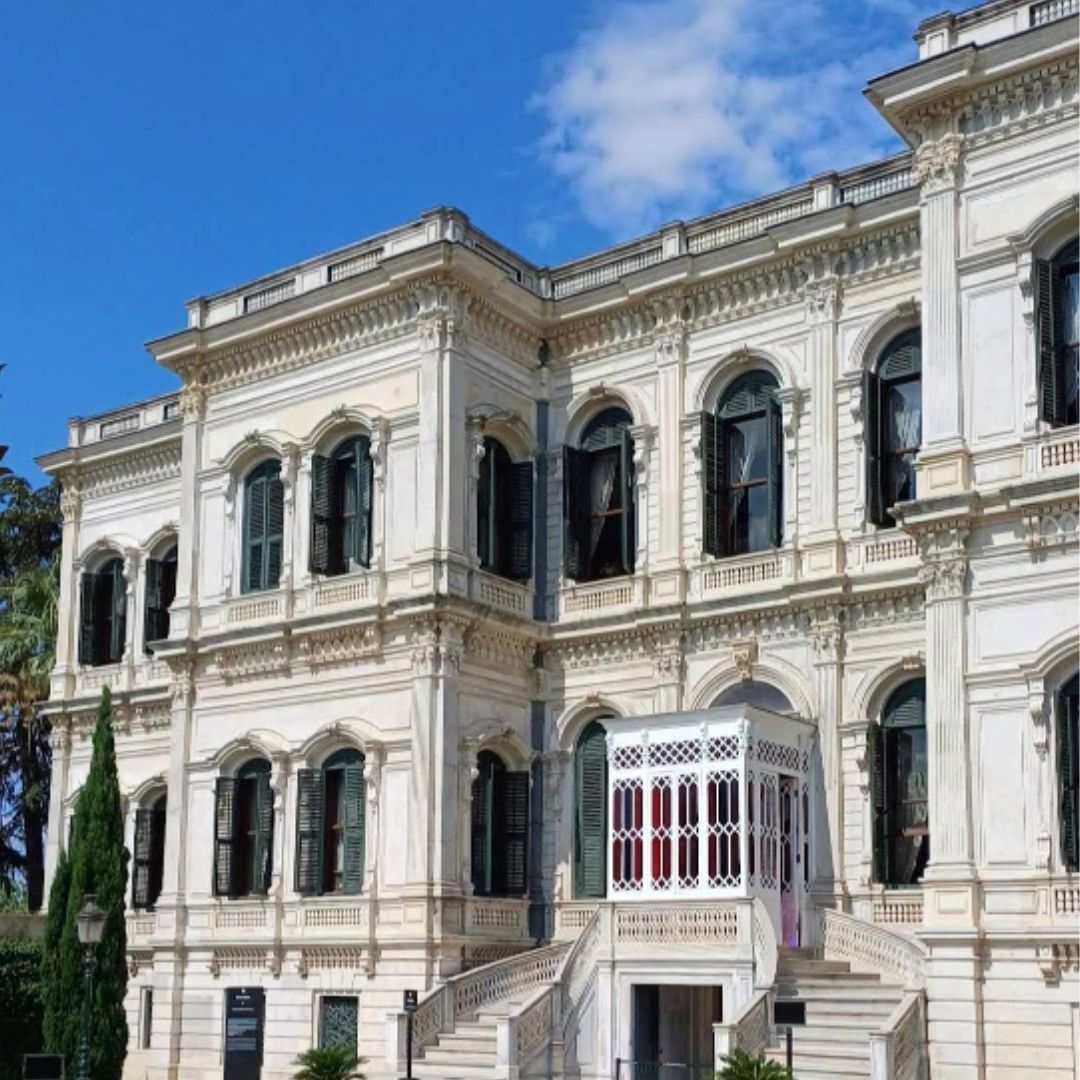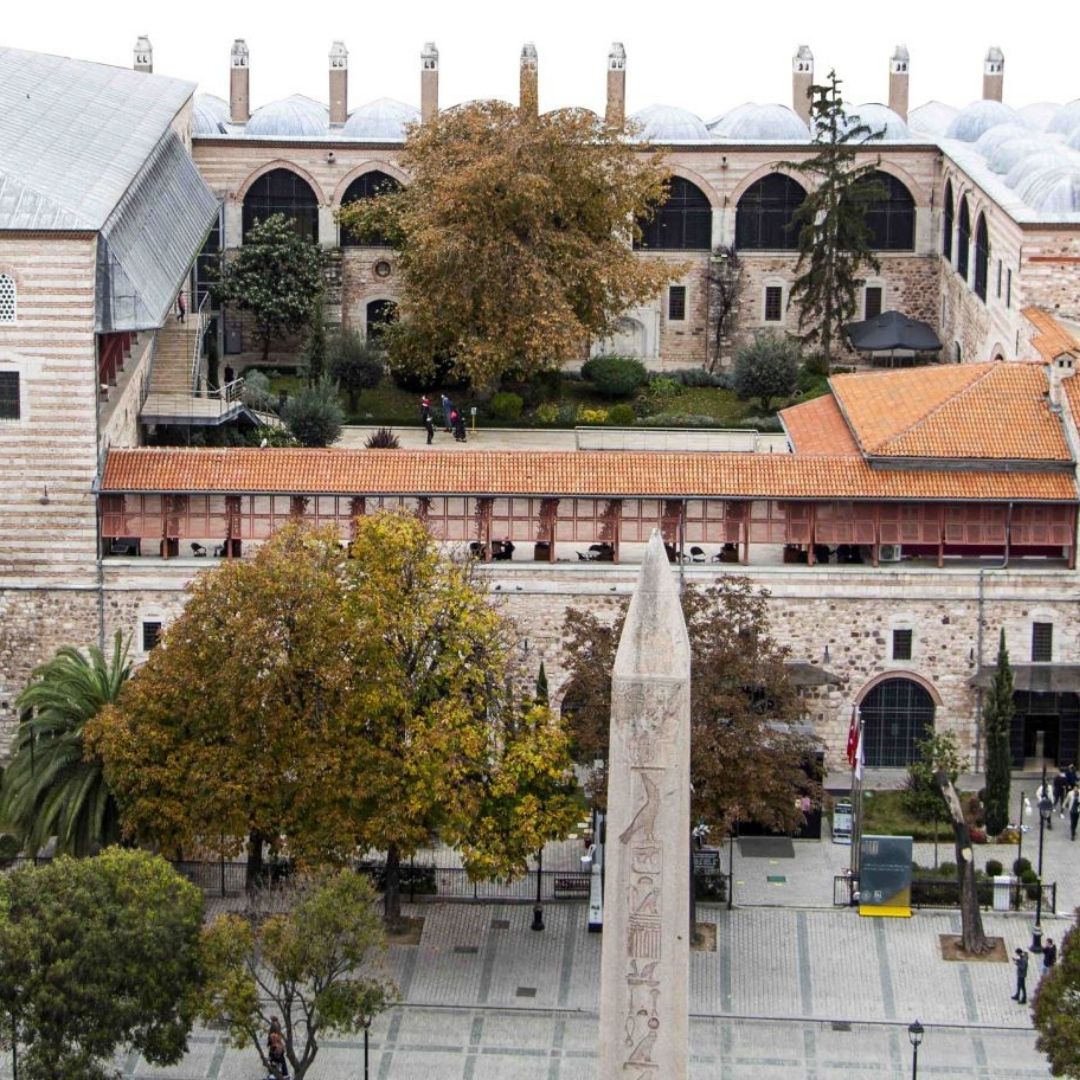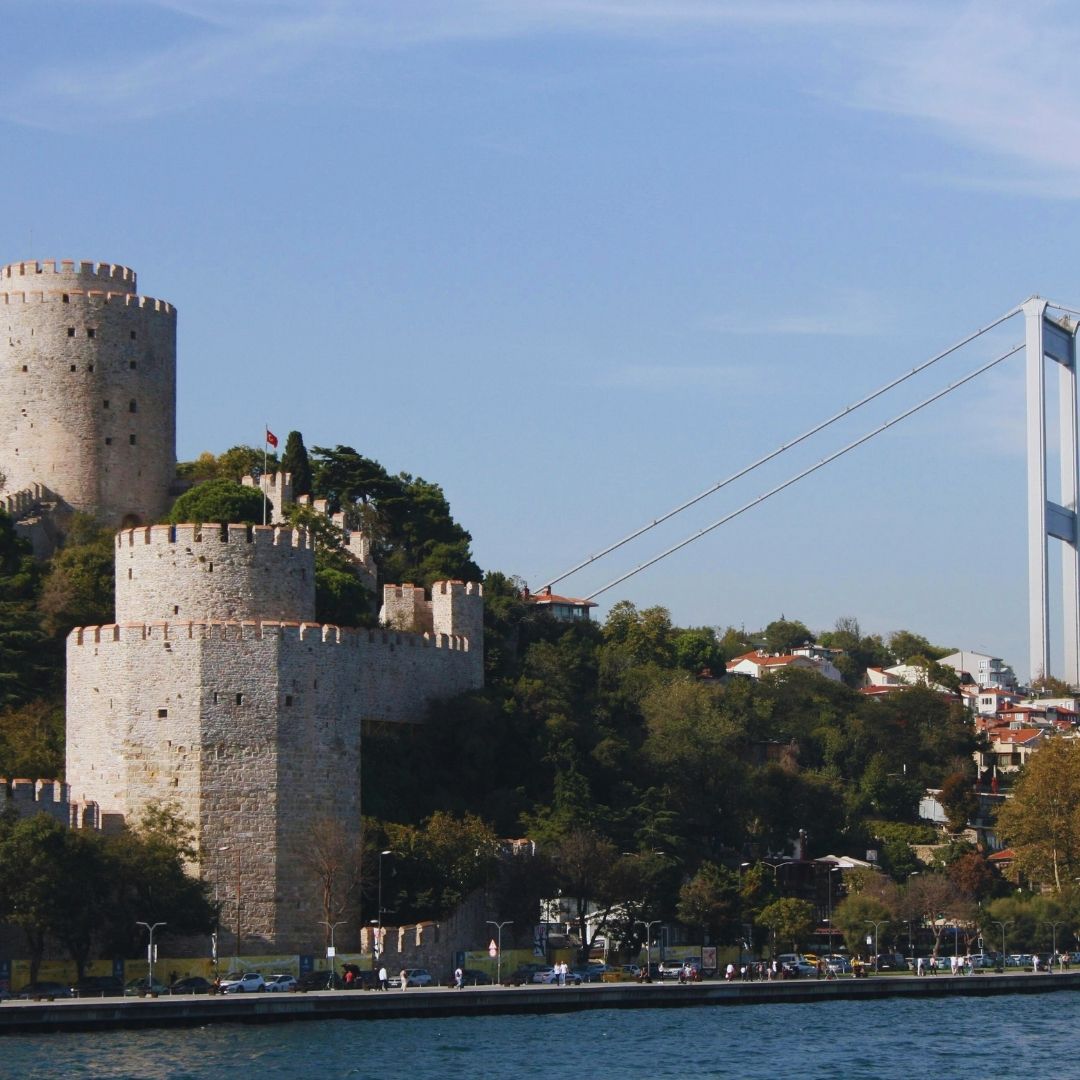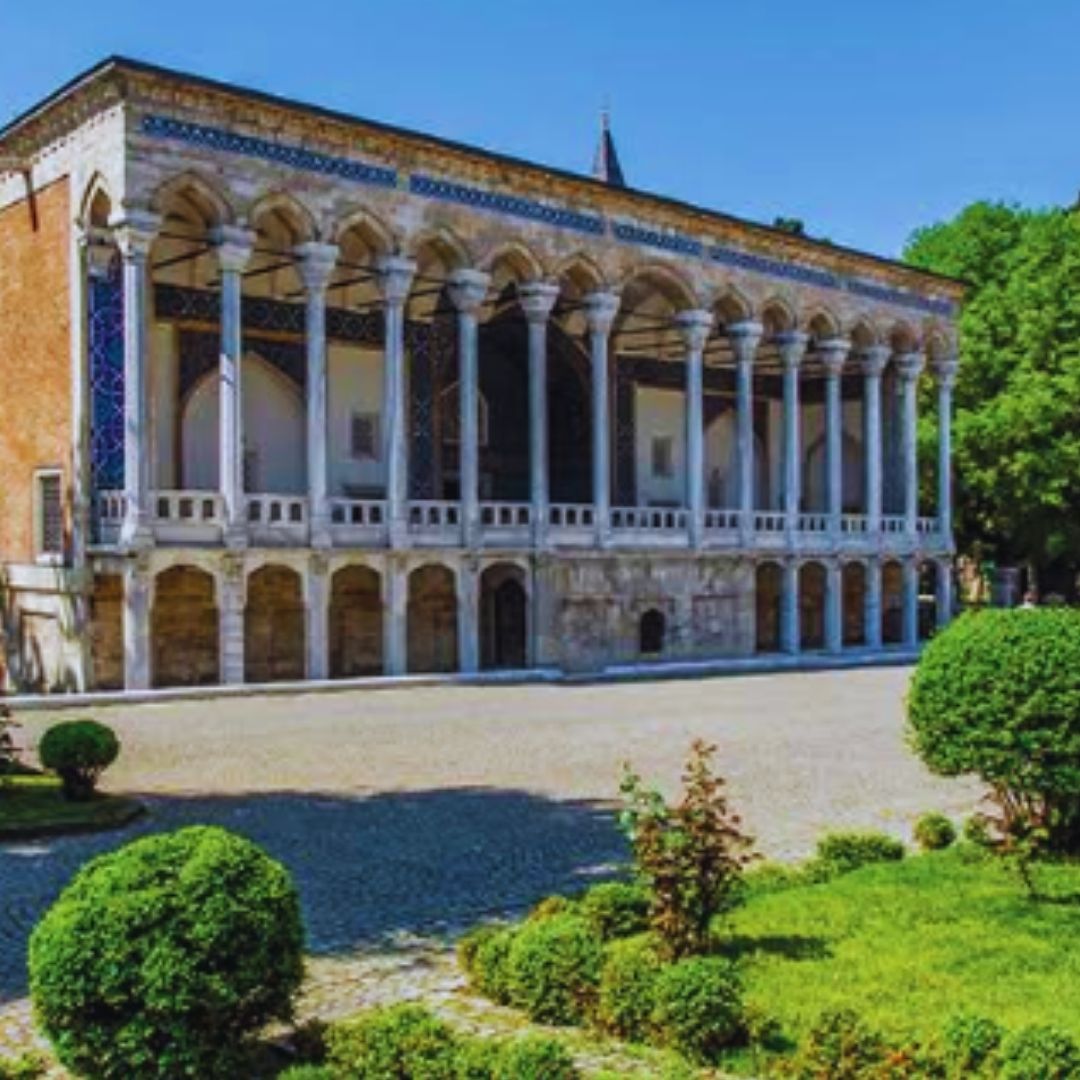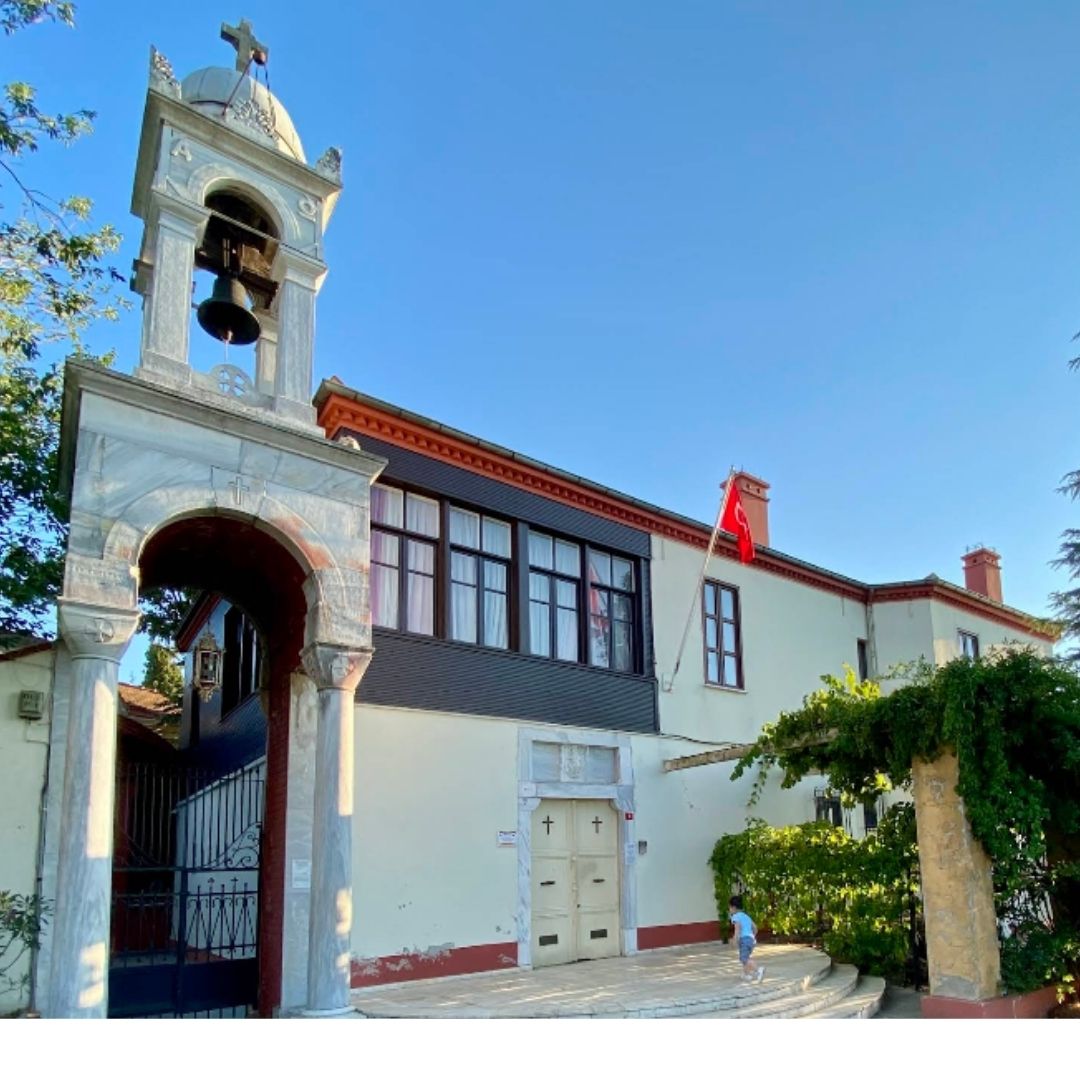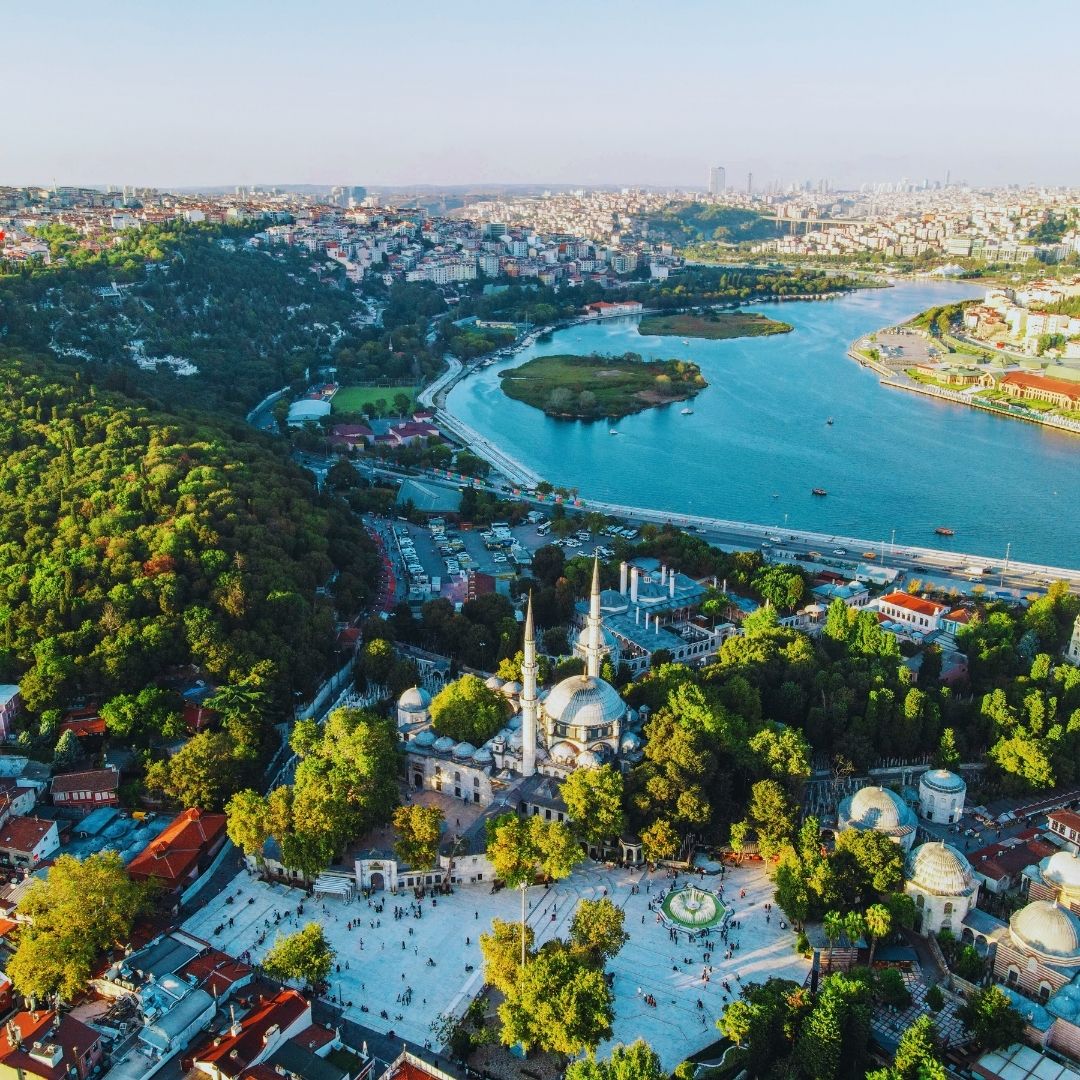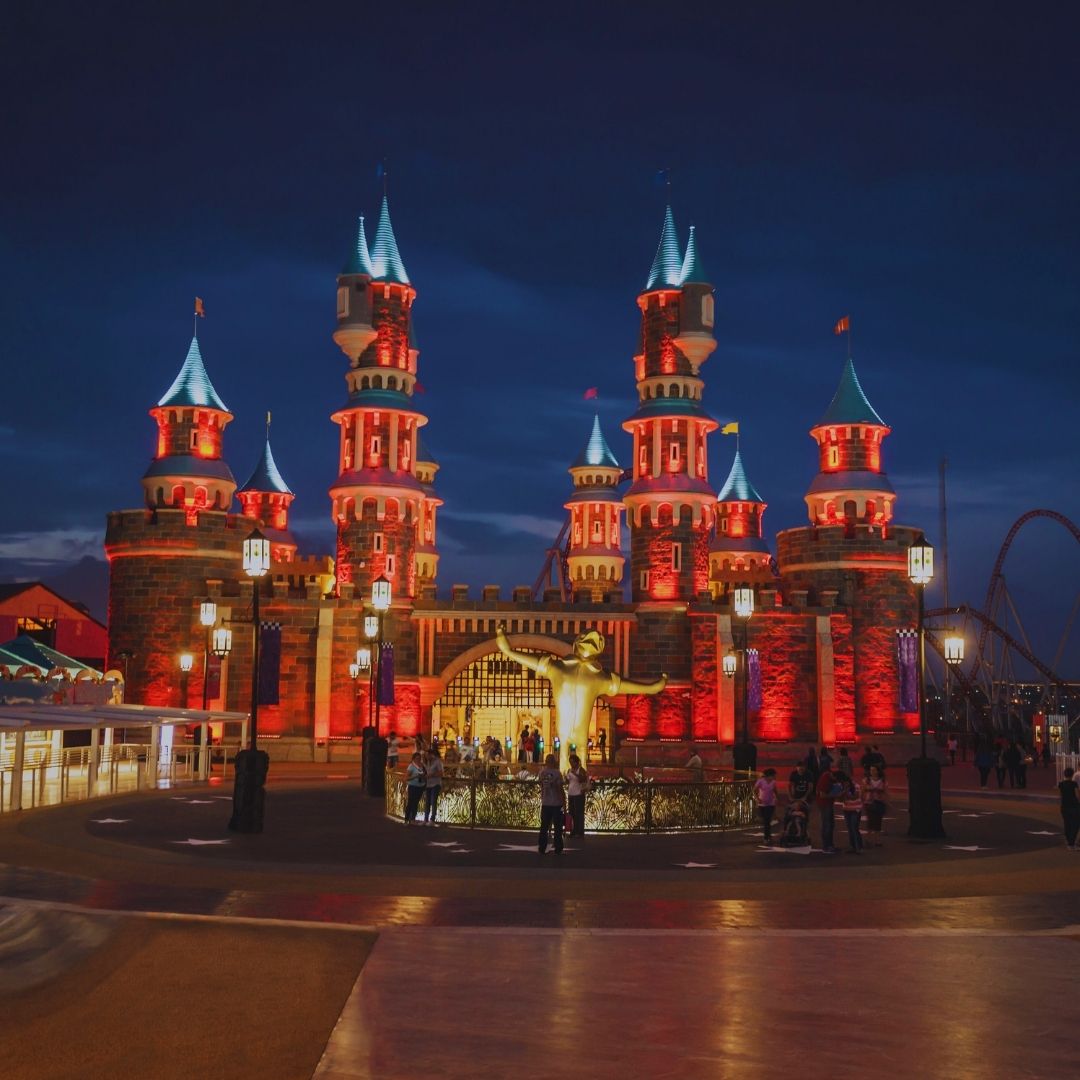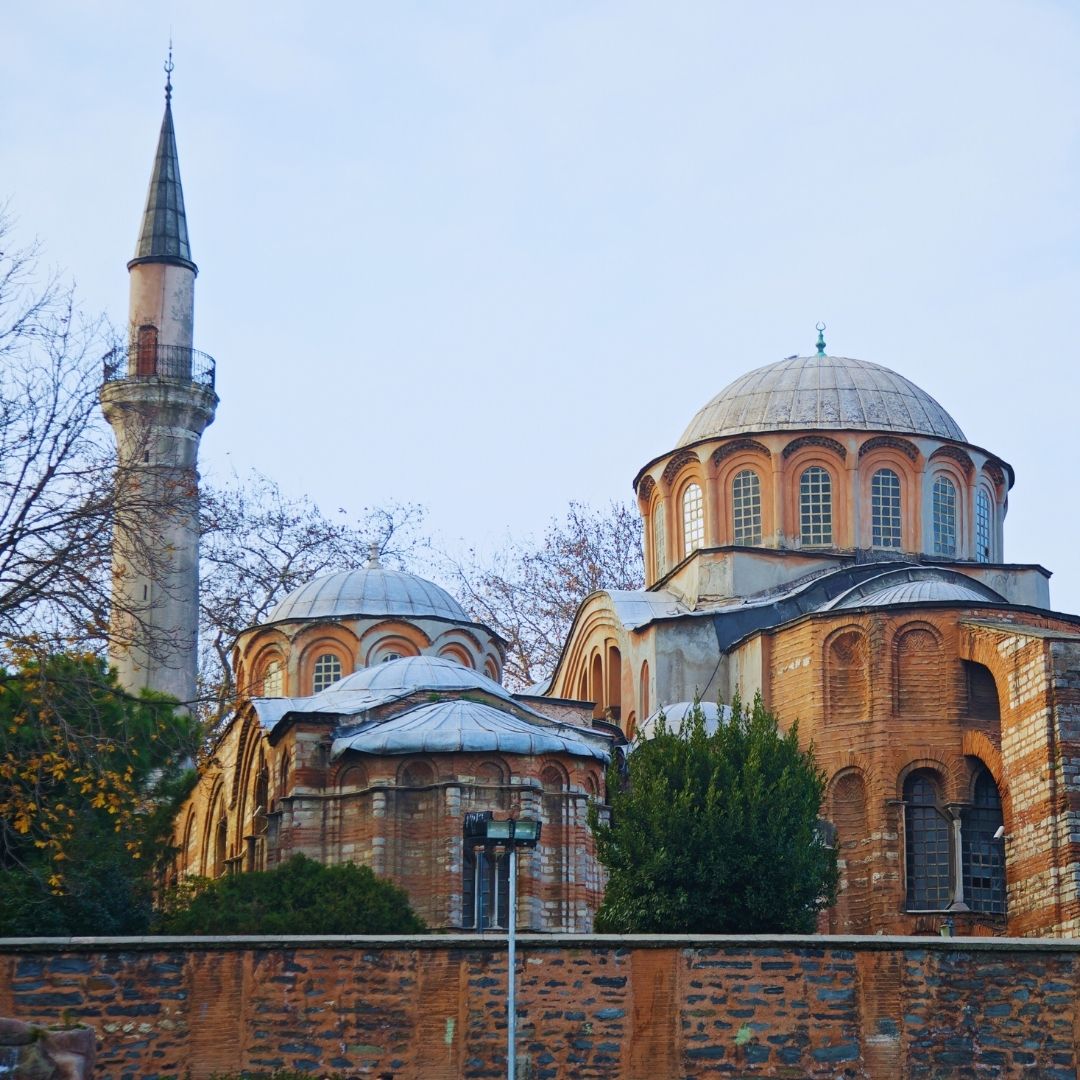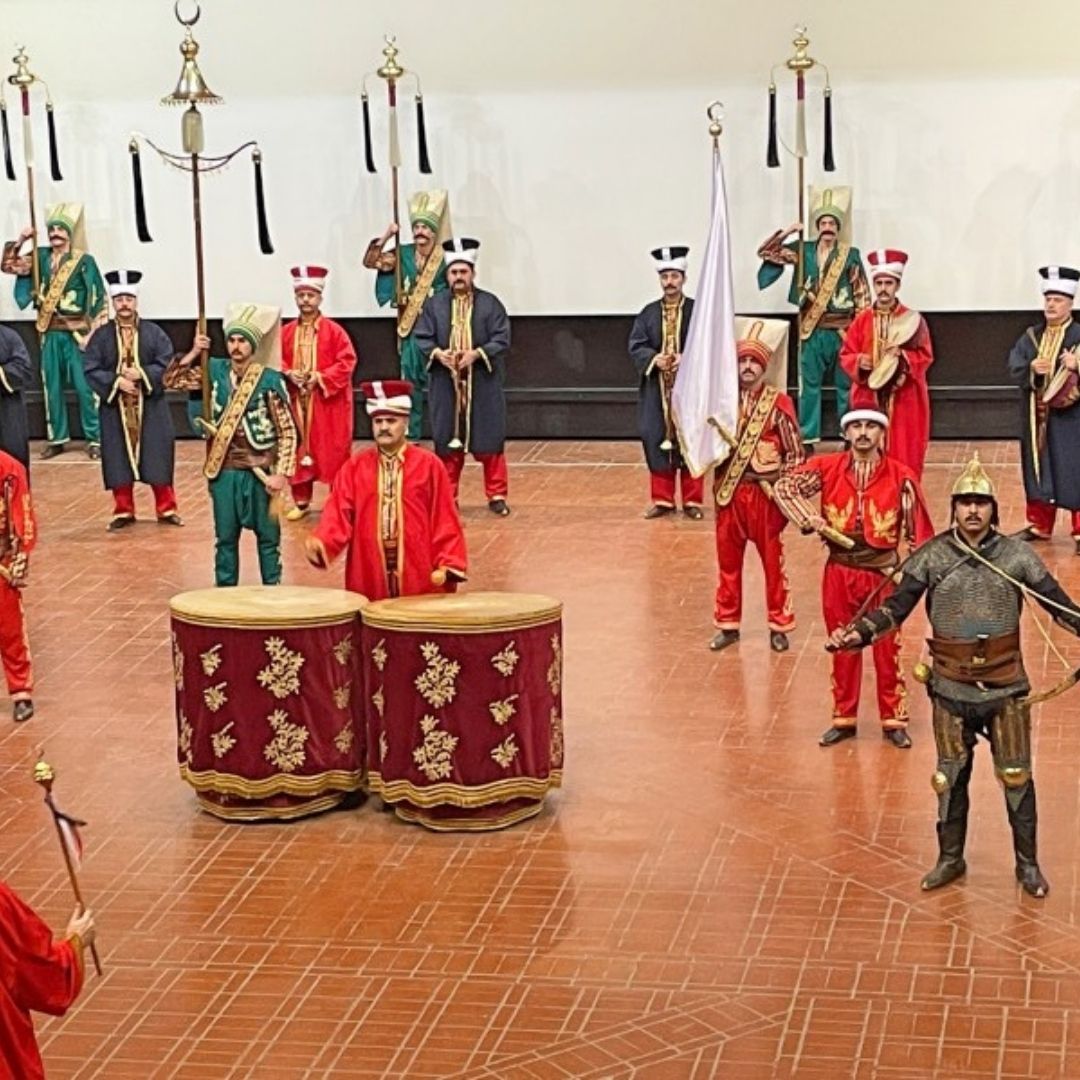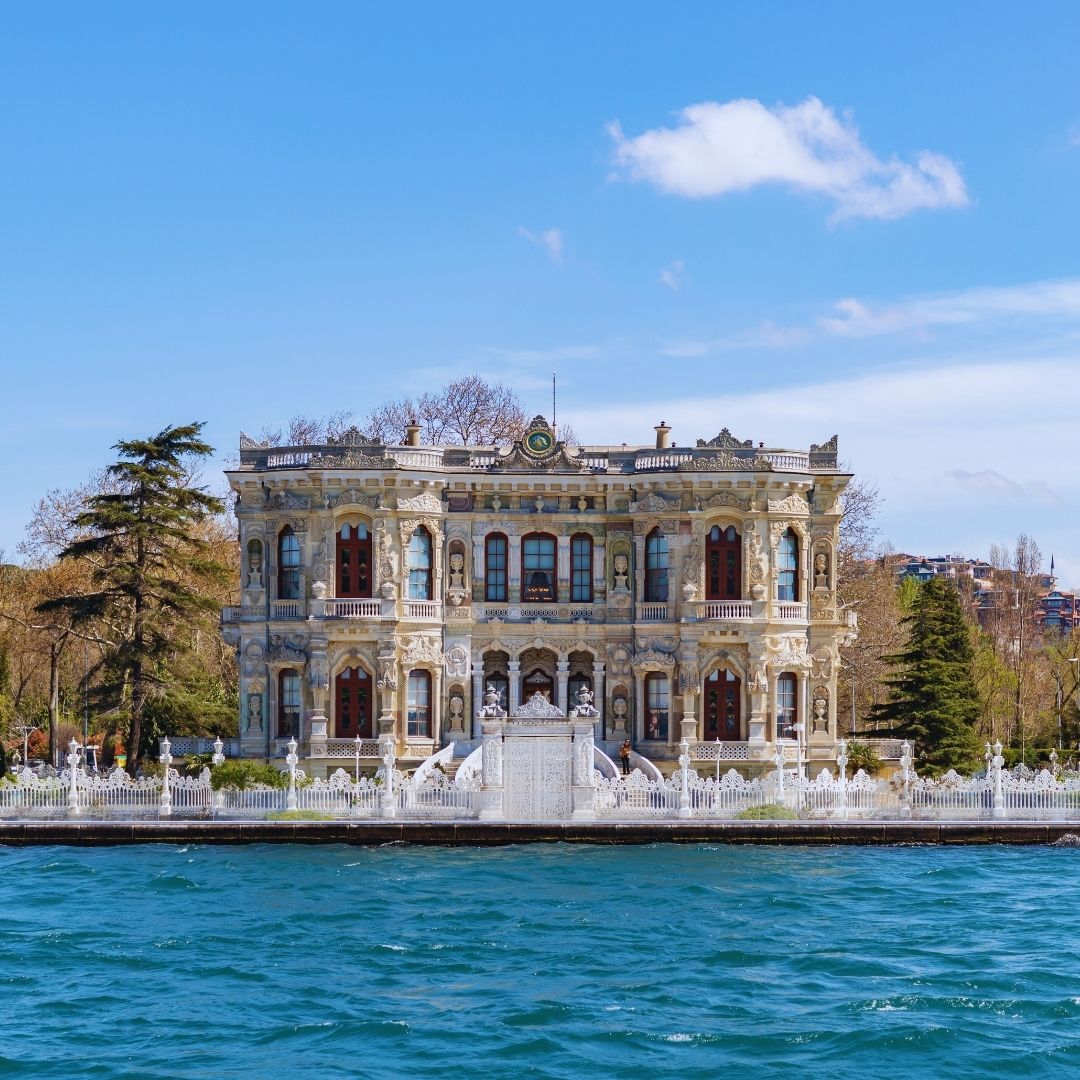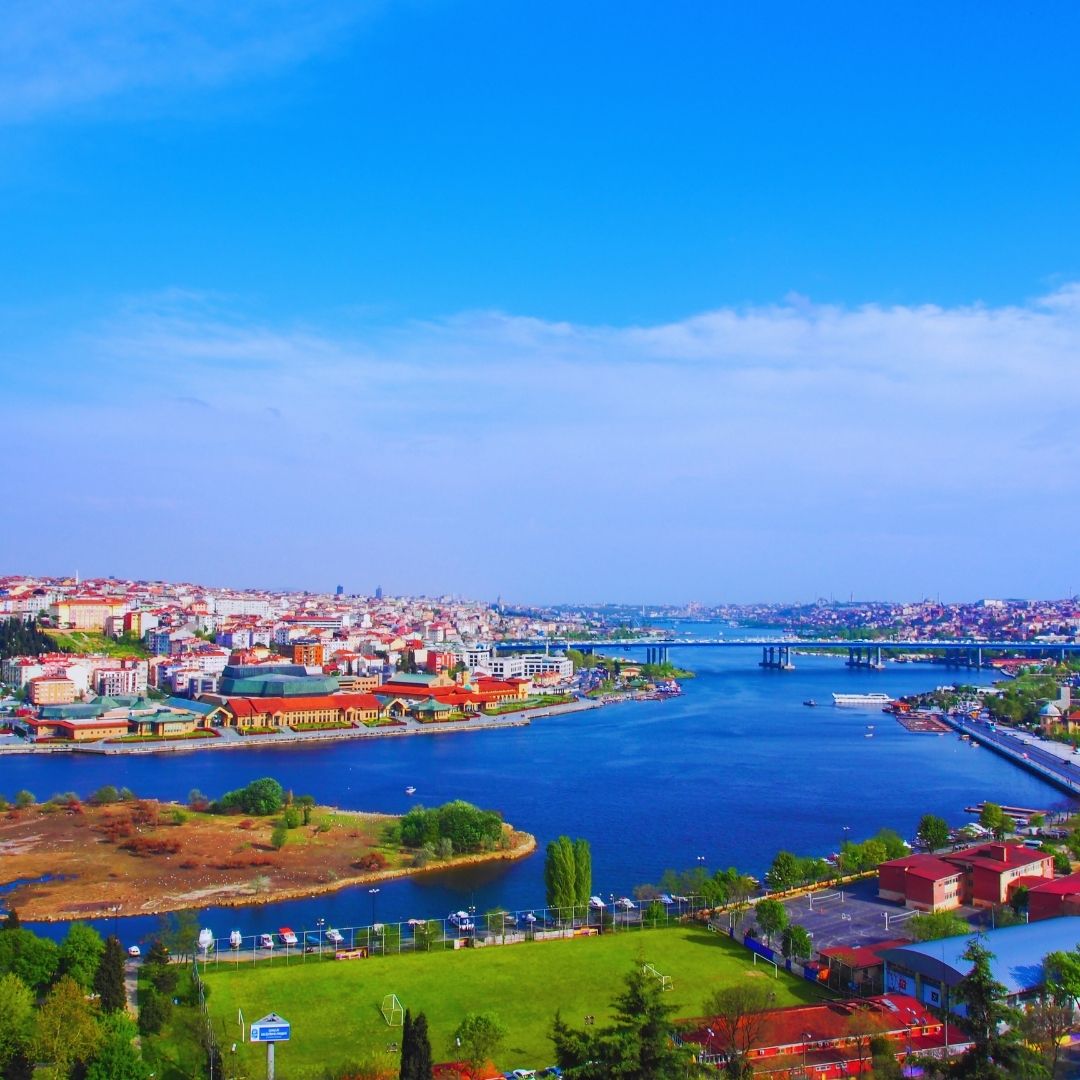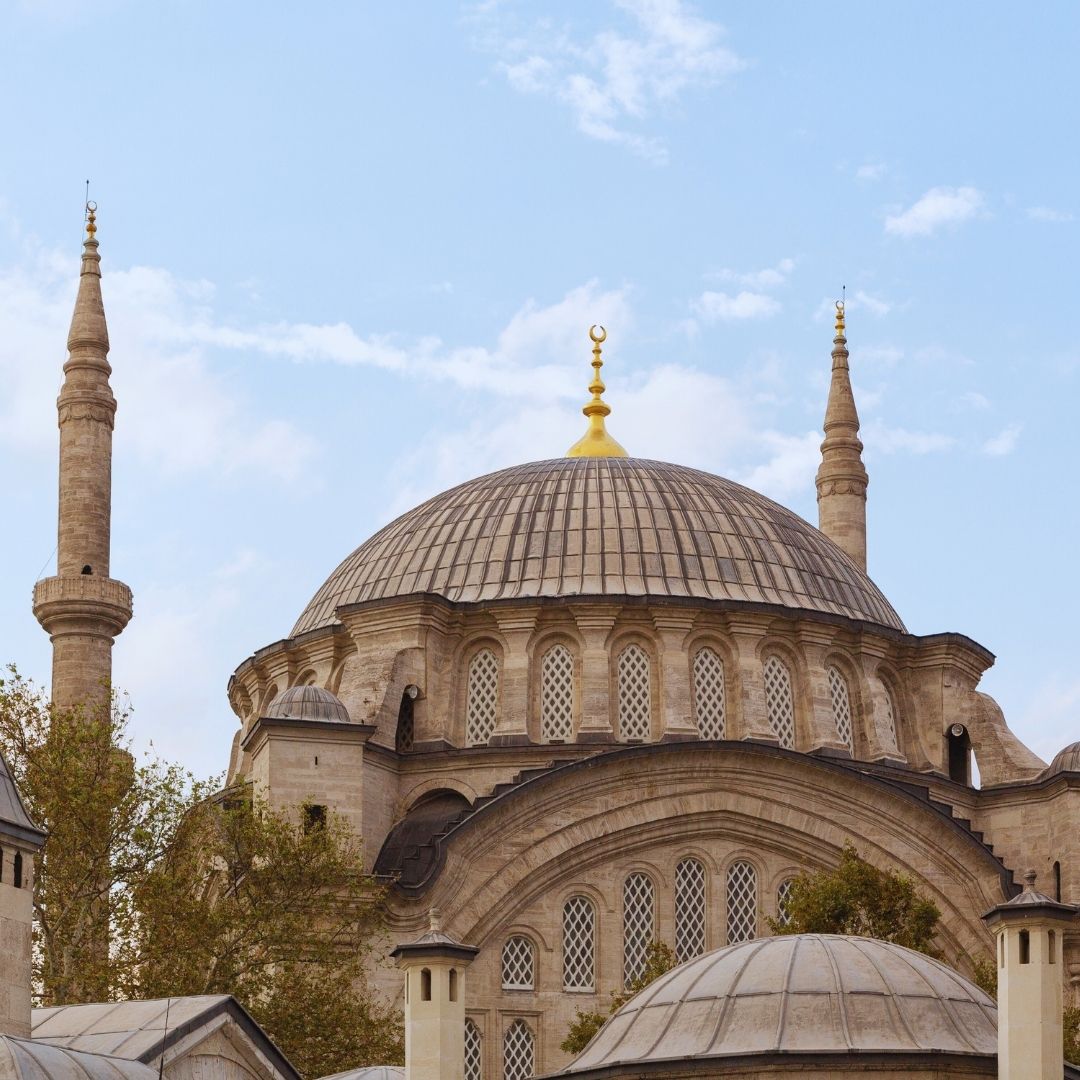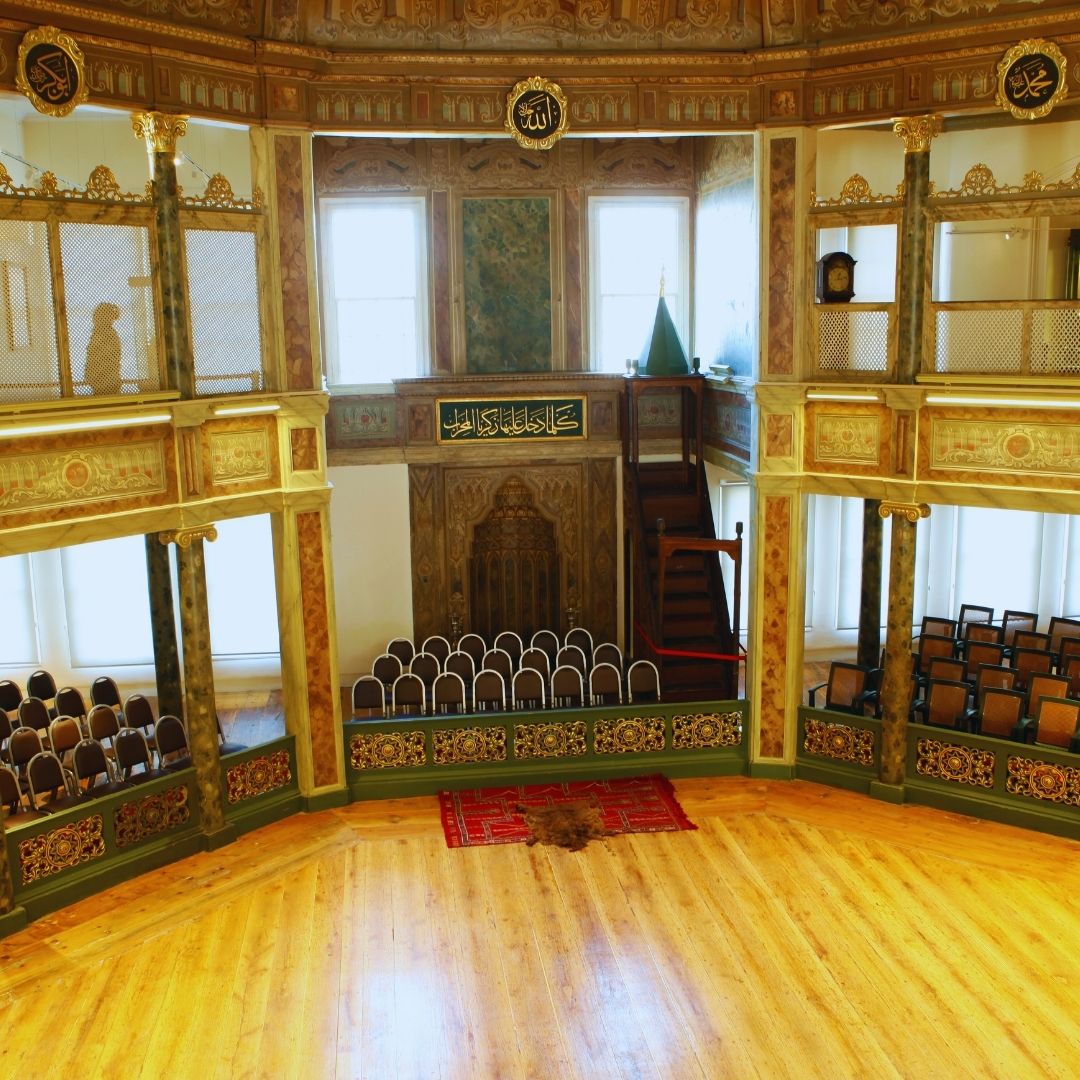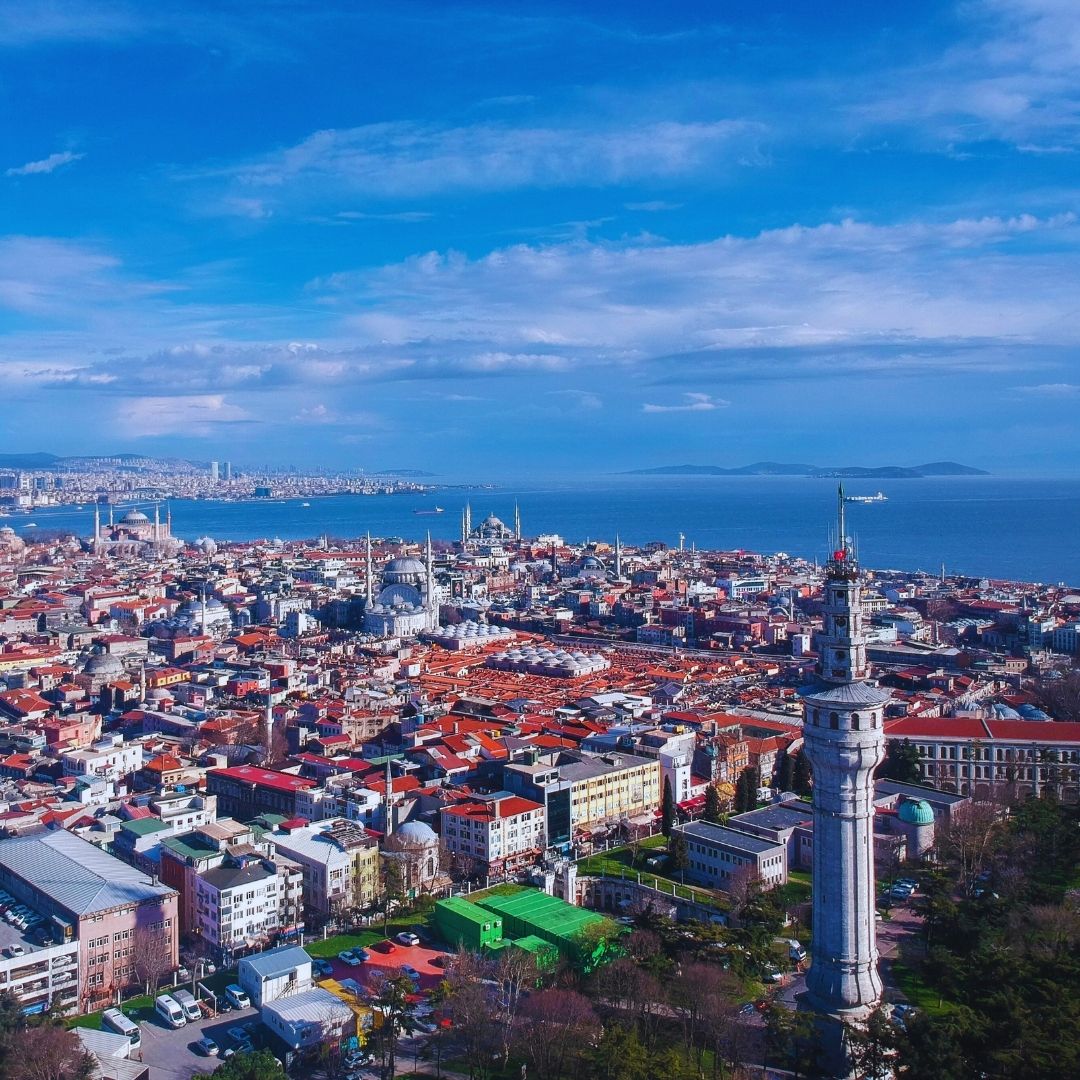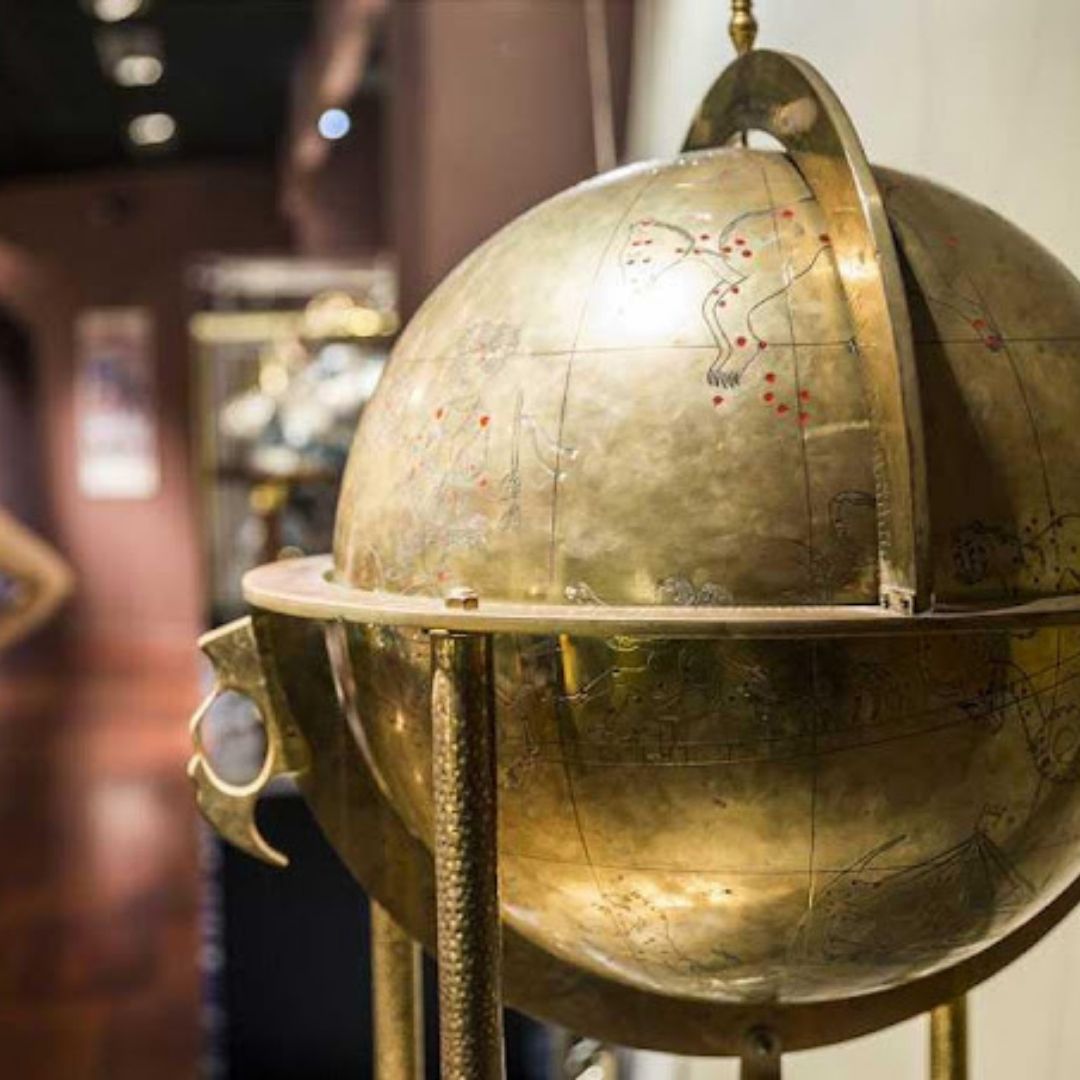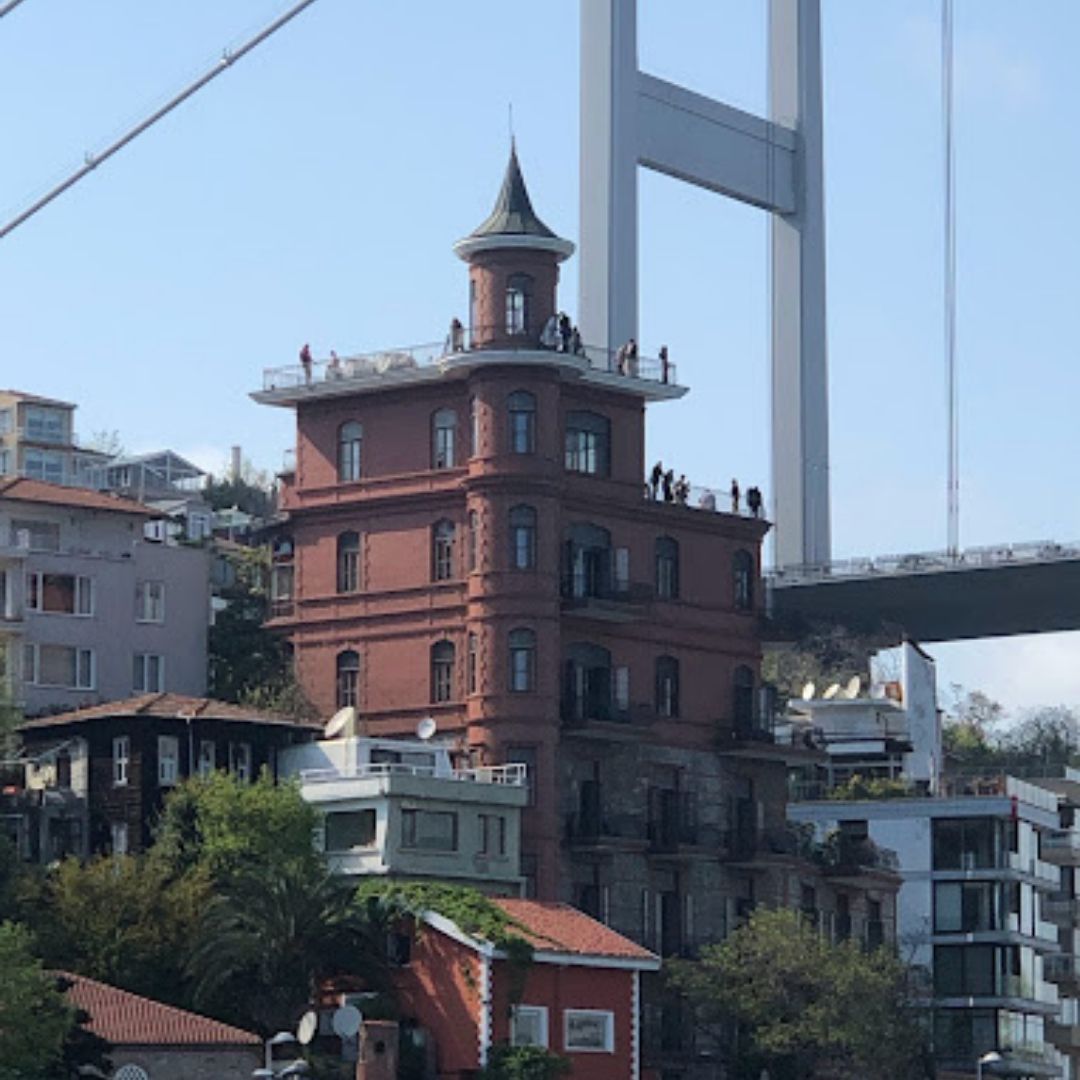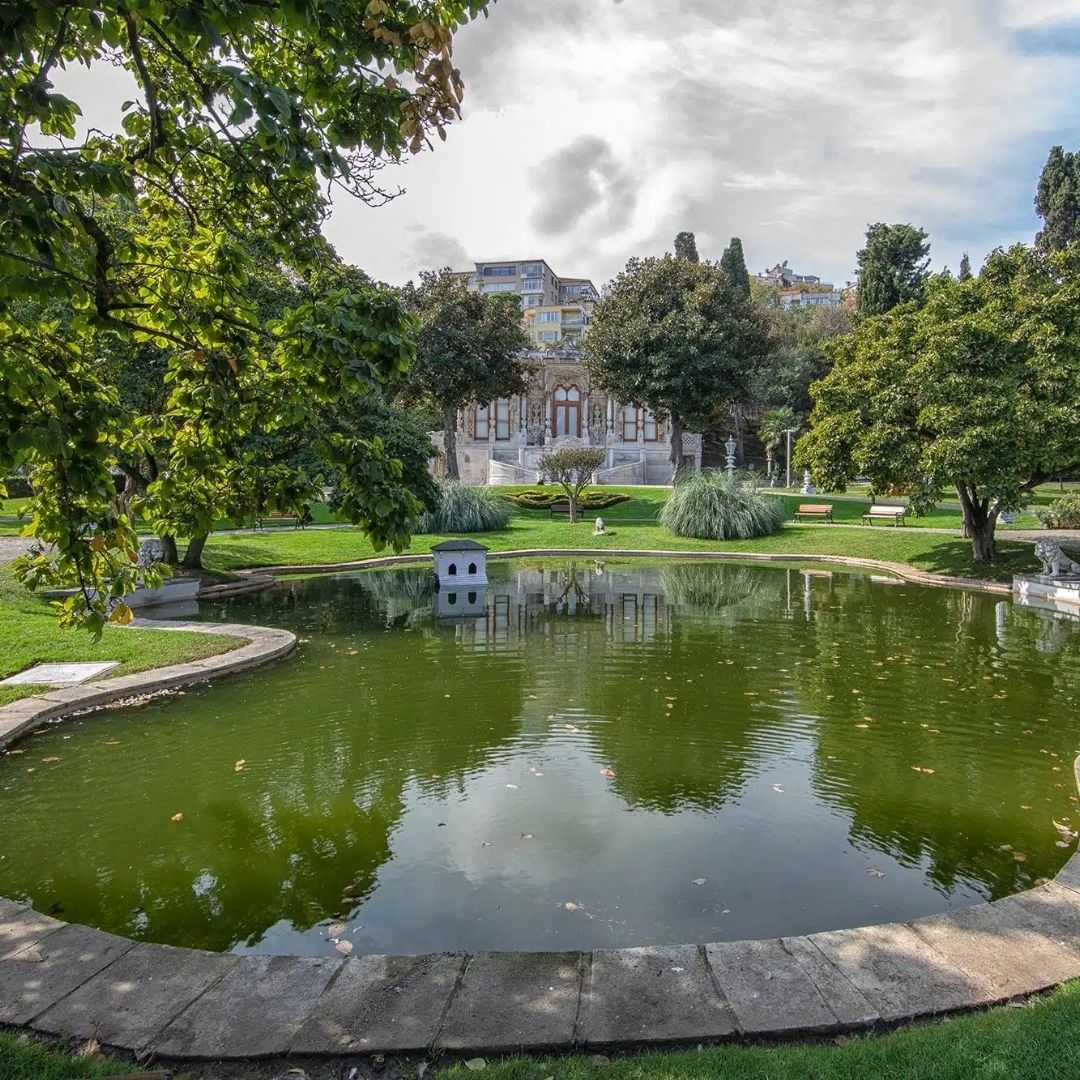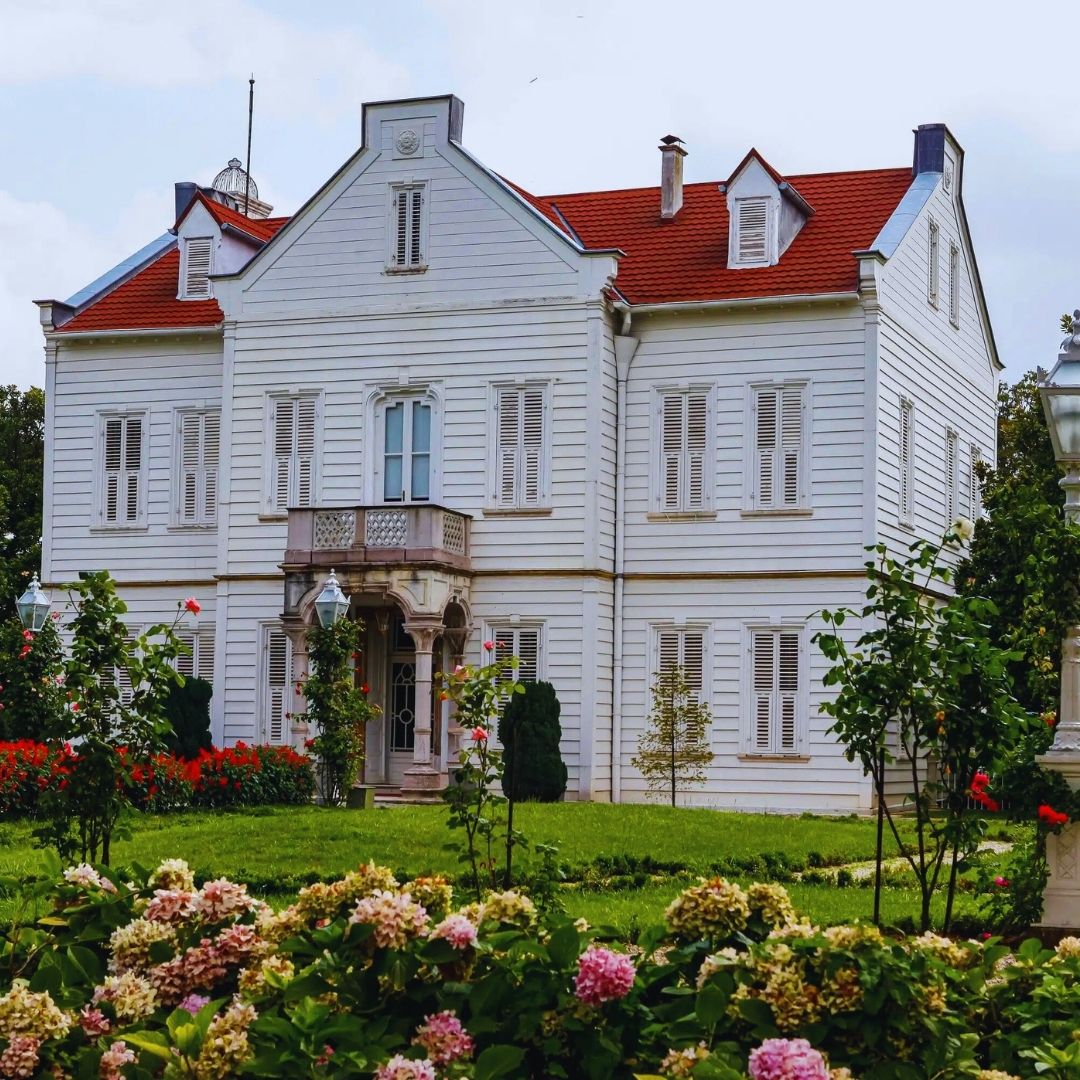Spice Bazaar
Spice Bazaar
Travel Point Overview
The Spice Bazaar (Mısır Çarşısı) is one of Istanbul’s oldest and most iconic shopping destinations. Built as part of the Yeni Mosque complex, it was designed to financially support the upkeep of the mosque through rental income from the shops inside.
Spice Bazaar: The Fragrant Heart of Istanbul
📍 Location: Rüstem Paşa Neighborhood, Fatih / Istanbul
🏛 Construction Period: 1660–1664
👑 Commissioned by: Turhan Sultan (mother of Sultan Mehmed IV)
🛠 Architect: Chief Imperial Architect Kâzım Ağa (started), Mustafa Ağa (completed)
🕒 Opening Hours: Daily from 09:00 to 18:30
🎟 Entrance Fee: Free
🛍 Highlights: Spices, Turkish delight, herbal remedies, gold & silver jewelry, souvenirs
🚋 How to Get There:
- By Tram: Take the Kabataş–Bağcılar tram line and get off at Eminönü Station, then walk 2 minutes.
- By Ferry: From Kadıköy or Üsküdar to Eminönü Pier, then walk to the bazaar.
- By Bus: Easily accessible from all parts of the city via buses heading to Eminönü.
A Marketplace Built to Sustain a Mosque
The Spice Bazaar (Mısır Çarşısı) is one of Istanbul’s oldest and most iconic shopping destinations. Built as part of the Yeni Mosque complex, it was designed to financially support the upkeep of the mosque through rental income from the shops inside.
Construction began in 1660 under the orders of Turhan Sultan, and it was completed in 1664. While initially called the "New Bazaar" or "Valide Bazaar", it later became known as the Spice Bazaar due to the abundance of goods and spices brought from Egypt.
Architecture, Structure, and Symbolism
Originally, the bazaar was divided by trades:
- Entrances like Balık Pazarı, Hasırcılar, and Ketenciler were designated for herbalists
- Entrances like Yeni Cami, Haseki, and Çiçek Pazarı were for cotton merchants
Each shop typically had a public front and a storage or production area in the back. Shopfronts displayed symbolic items—such as a fire tower, scissors, or ostrich eggs—to help customers identify vendors before signage became common.
The two main entrances also had upper floors used as commercial courts, resolving disputes between traders and customers.
Surviving Fires and Restorations
The bazaar has experienced two major fires throughout its history, one in the 1940s and another prompting restoration between 2015–2018.
In 1941, a road built through the courtyard separated the bazaar from the Yeni Mosque, but it has continued to thrive as a marketplace for centuries.
A Living Legacy of Ottoman Trade
Today, the Spice Bazaar is home to over 80 shops selling:
- Fragrant spices
- Turkish delights and sweets
- Herbal teas and natural remedies
- Jewelry and handcrafted souvenirs
Locals and tourists alike enjoy the vibrant blend of Ottoman atmosphere and modern commerce.
📲 Use Advisormapp to find your way, access audio guides, and discover the hidden stories of the bazaar and its surroundings.
🌿 A stroll through the Spice Bazaar is more than shopping — it’s a sensory journey through centuries of Istanbul’s trading heritage.

